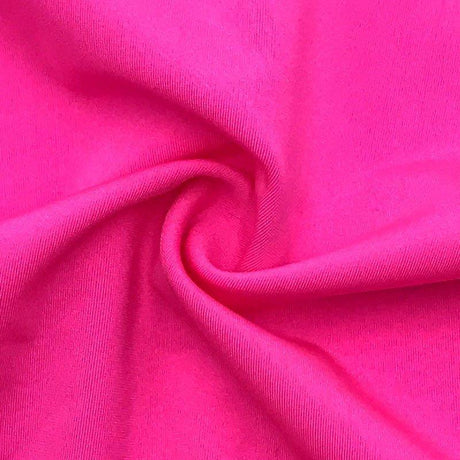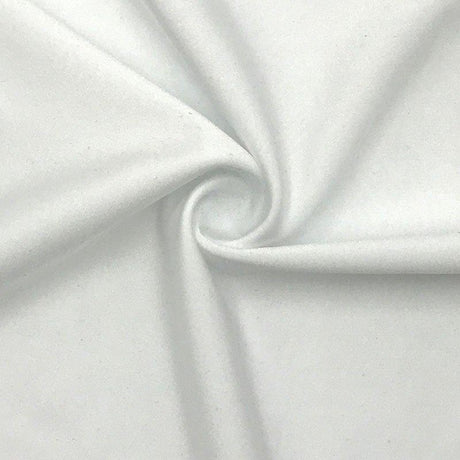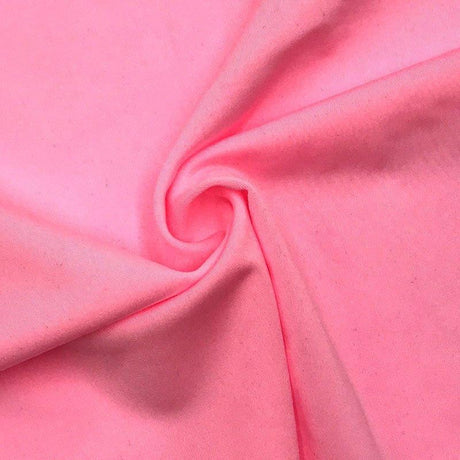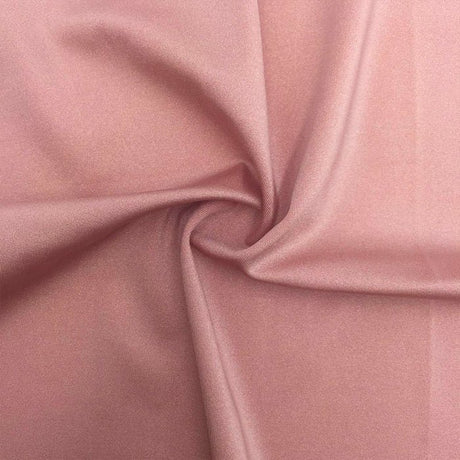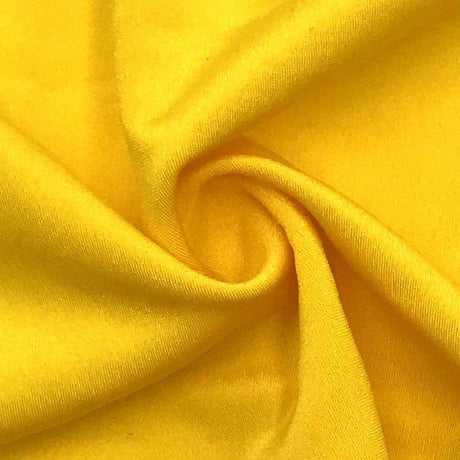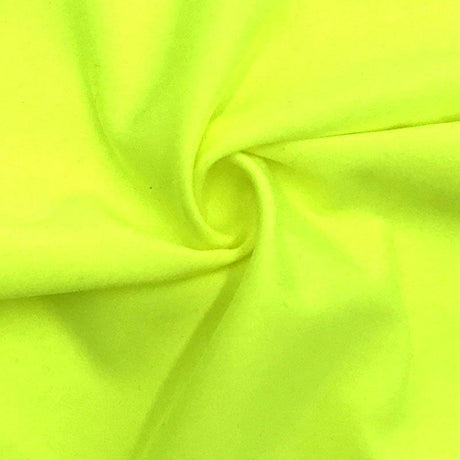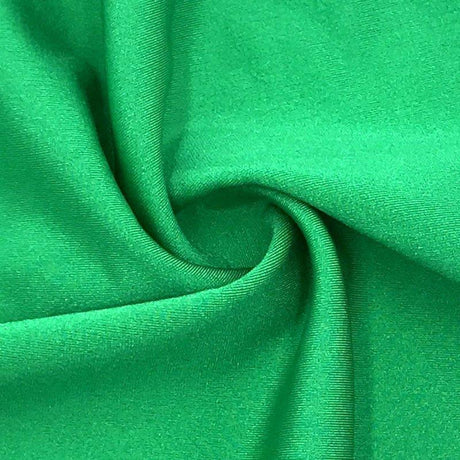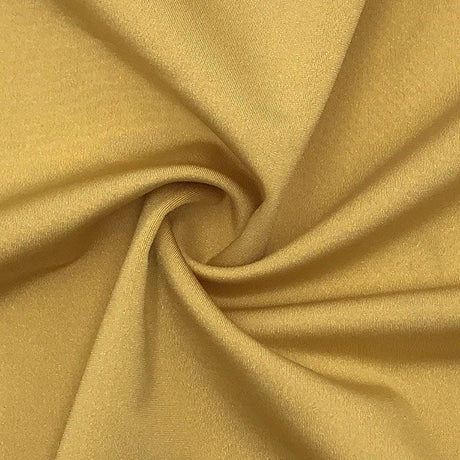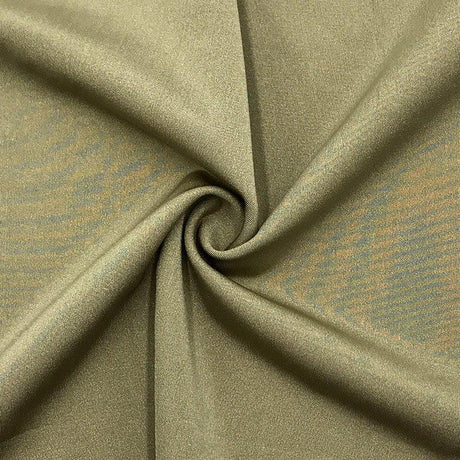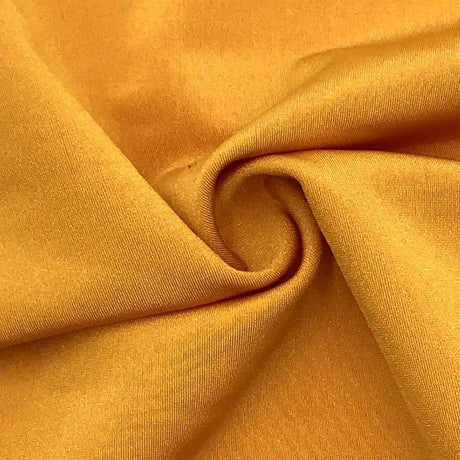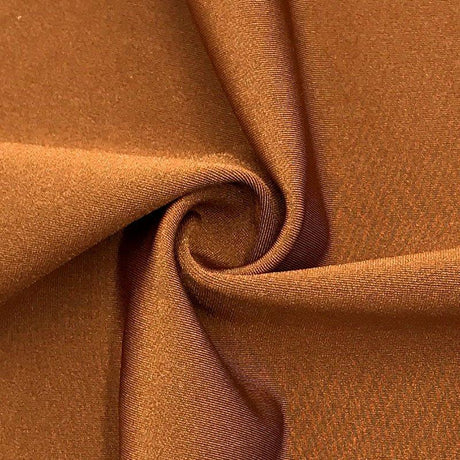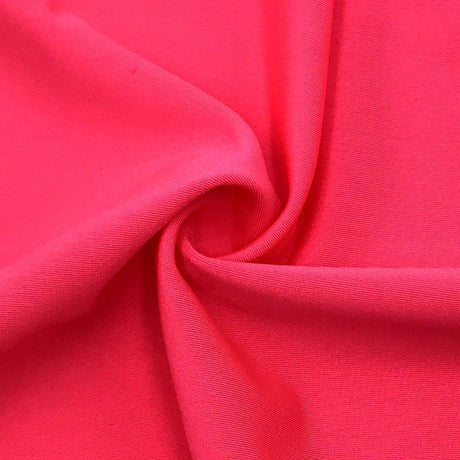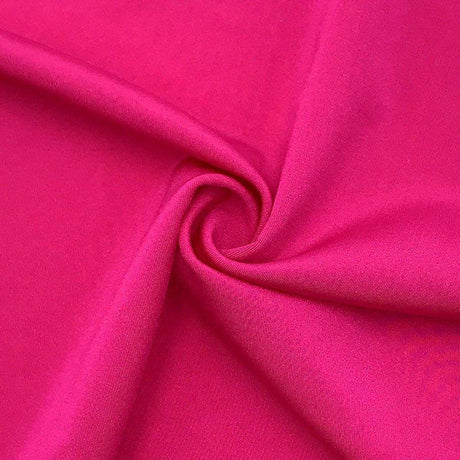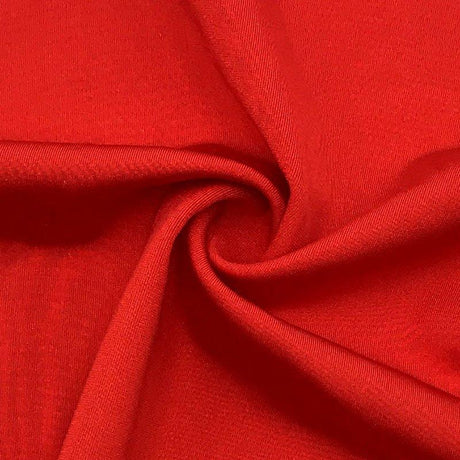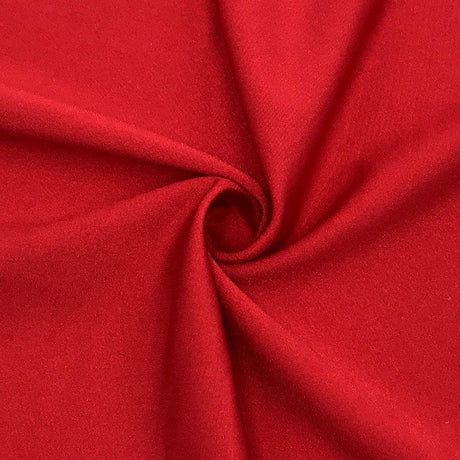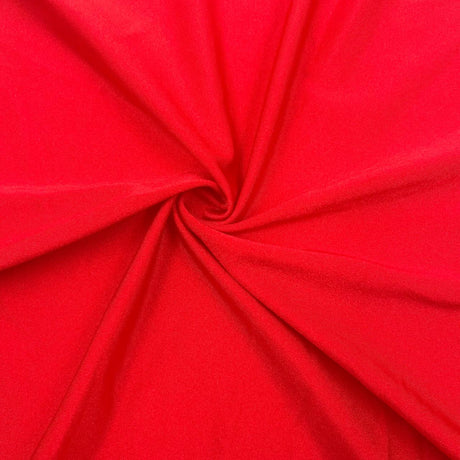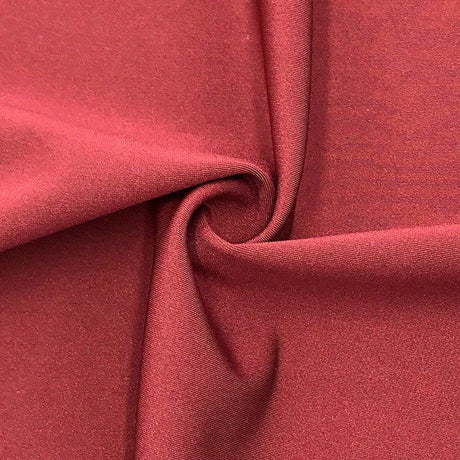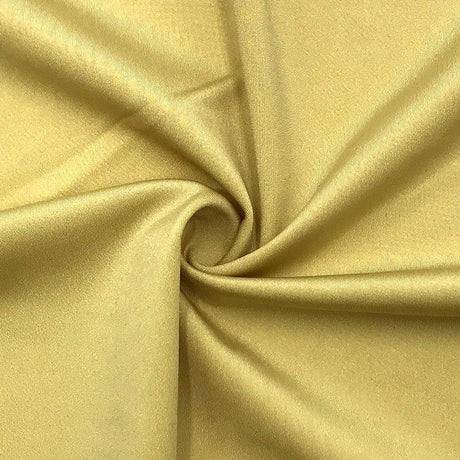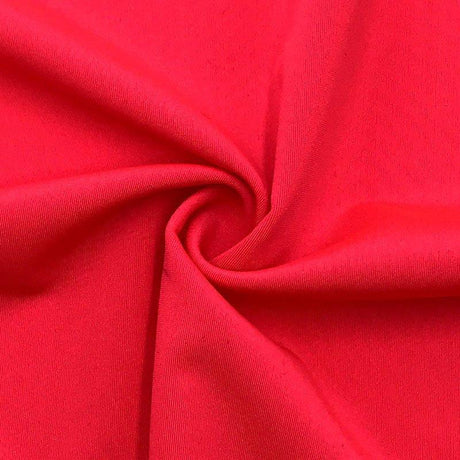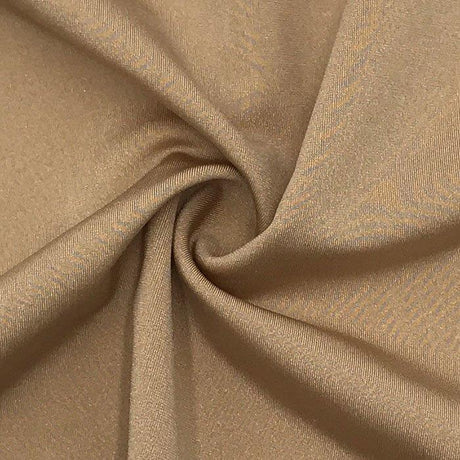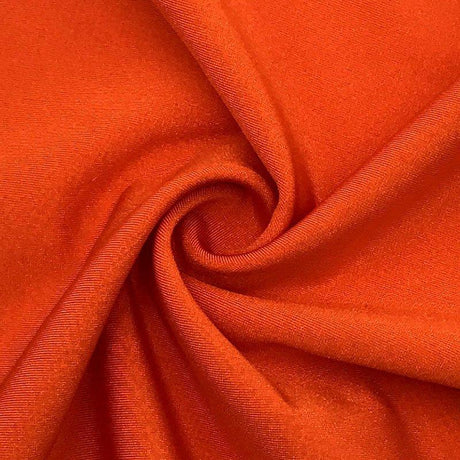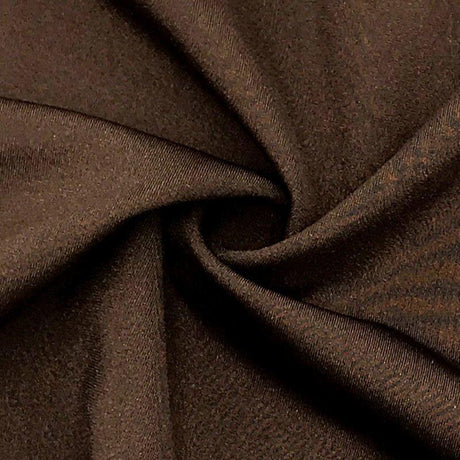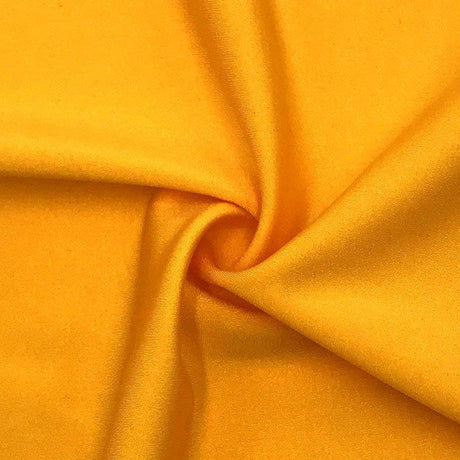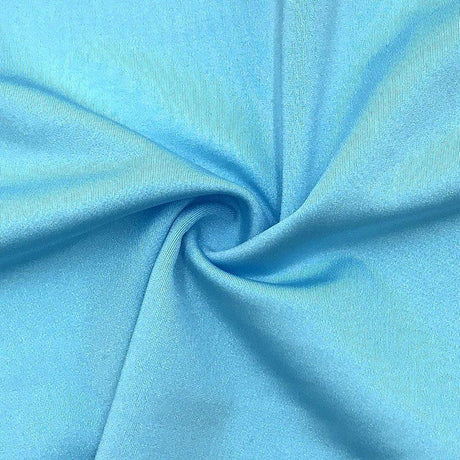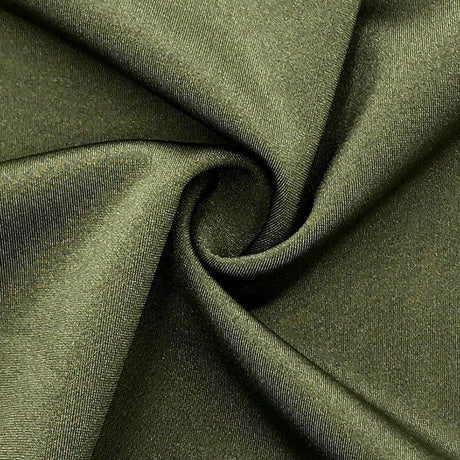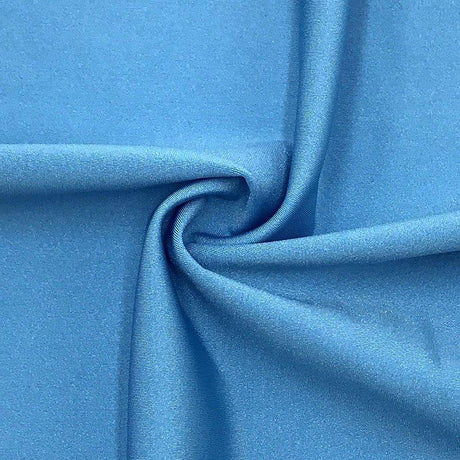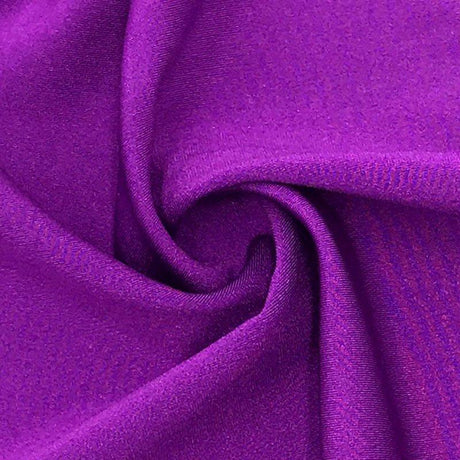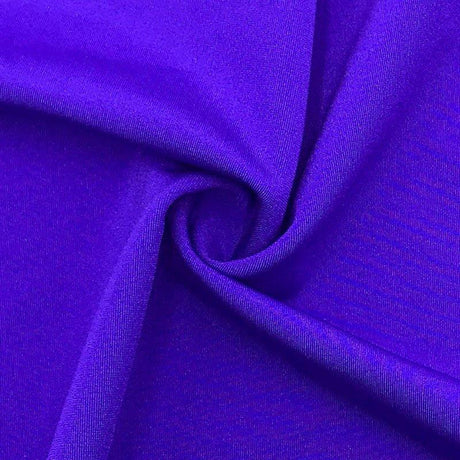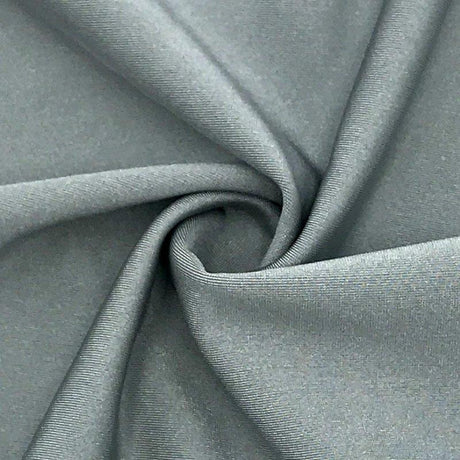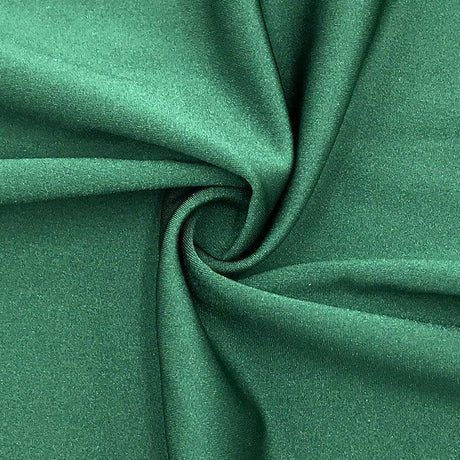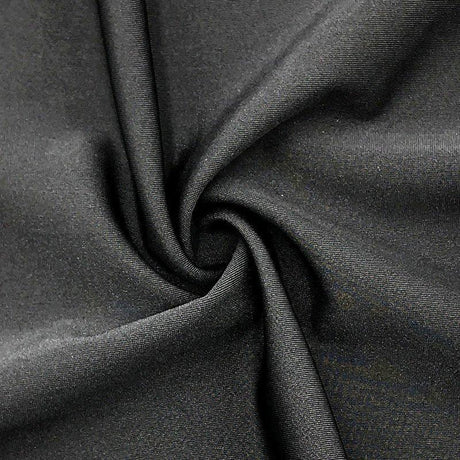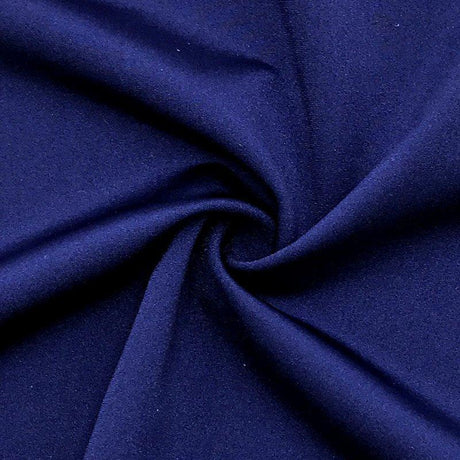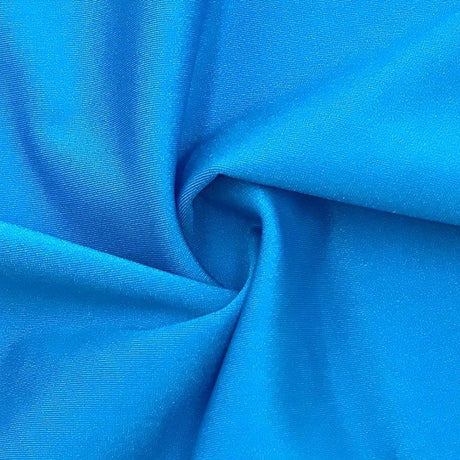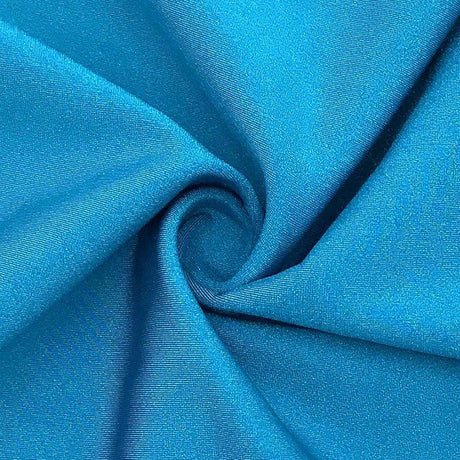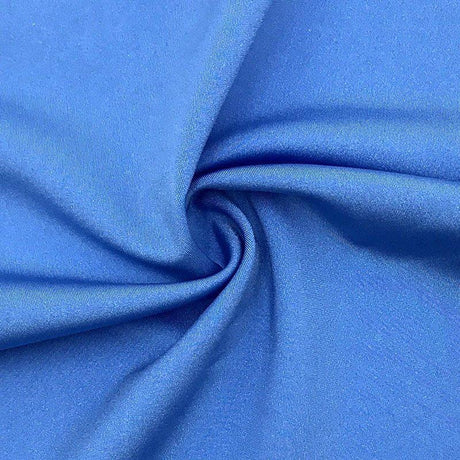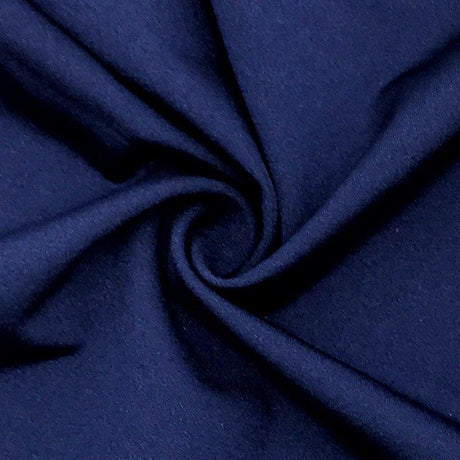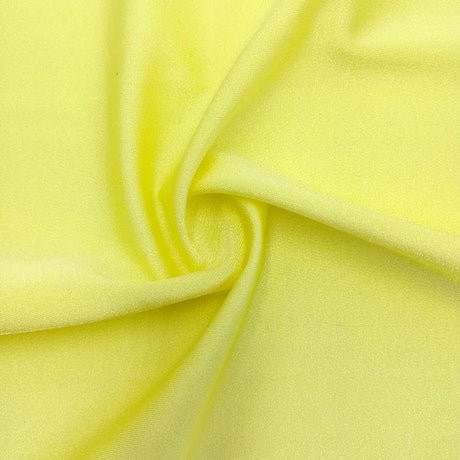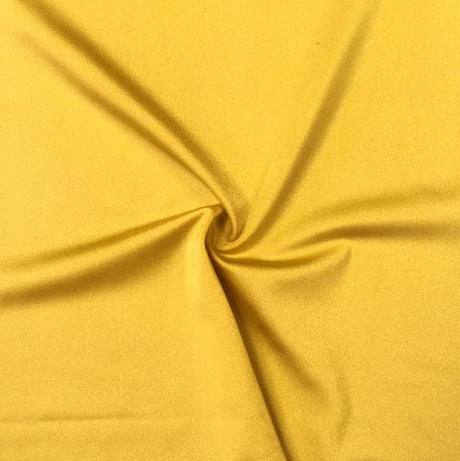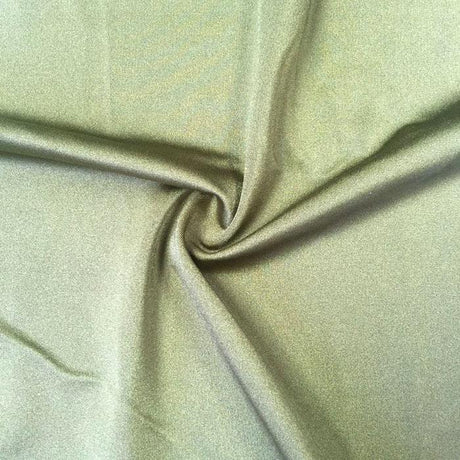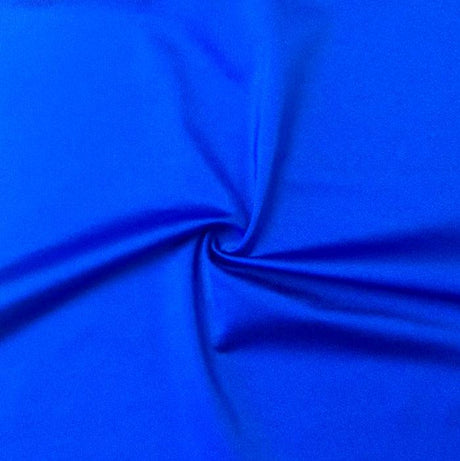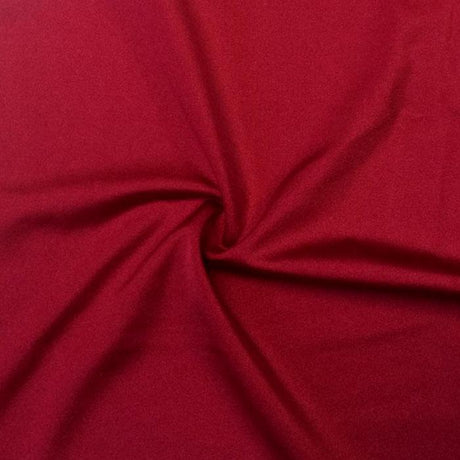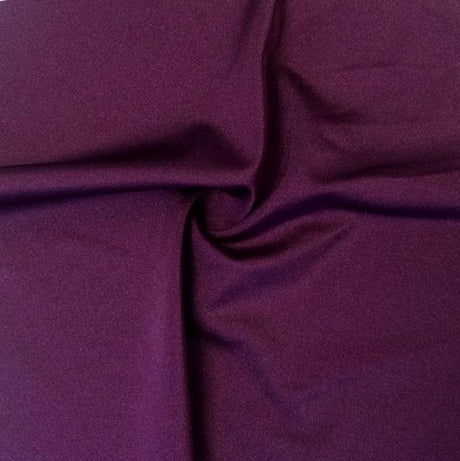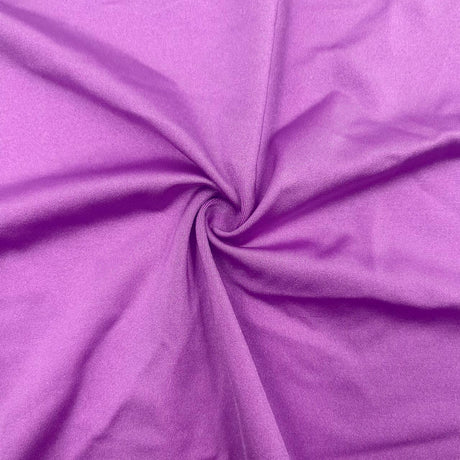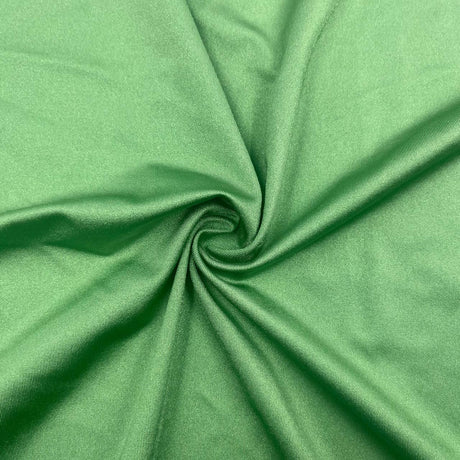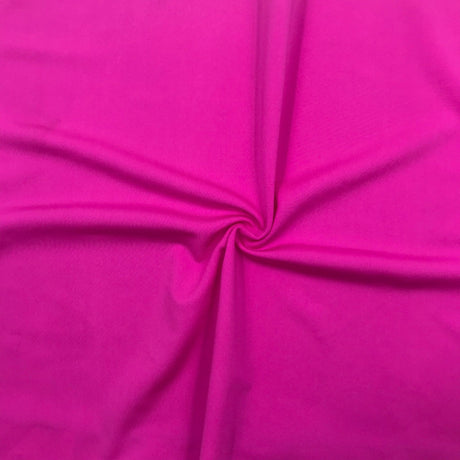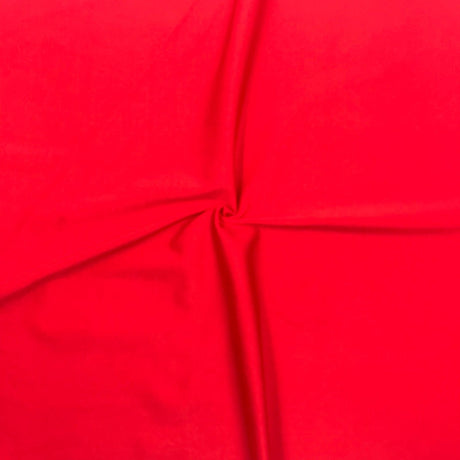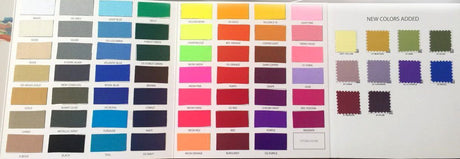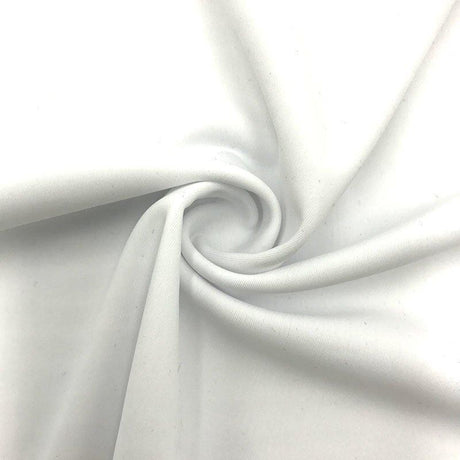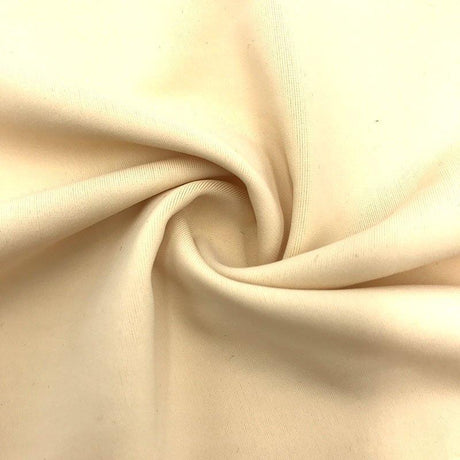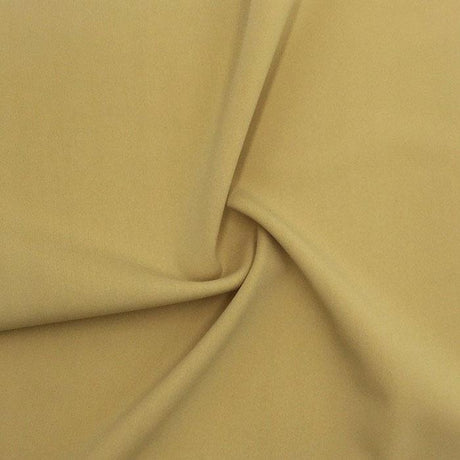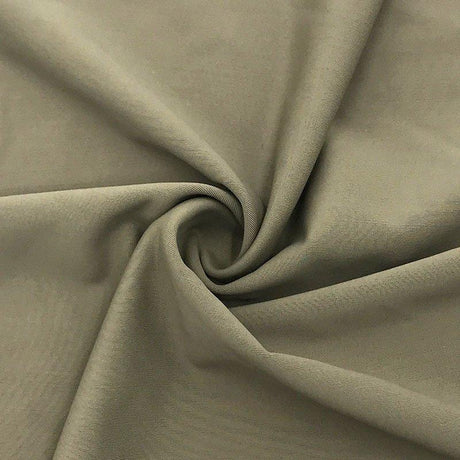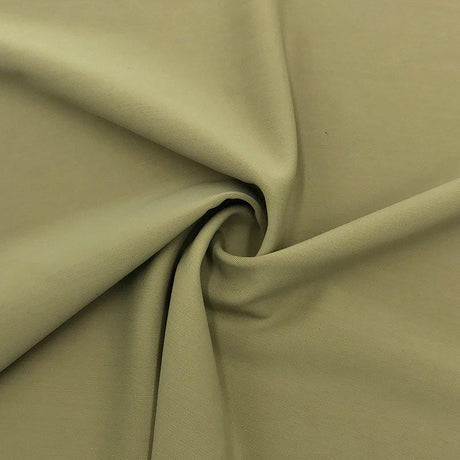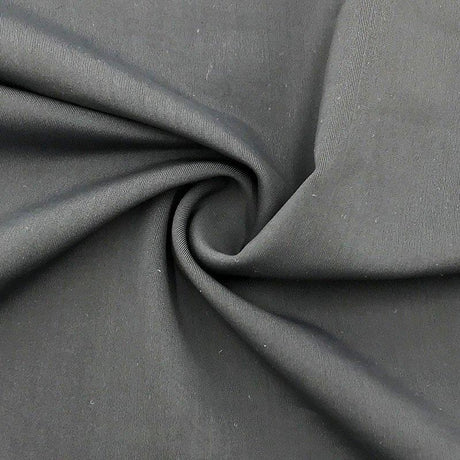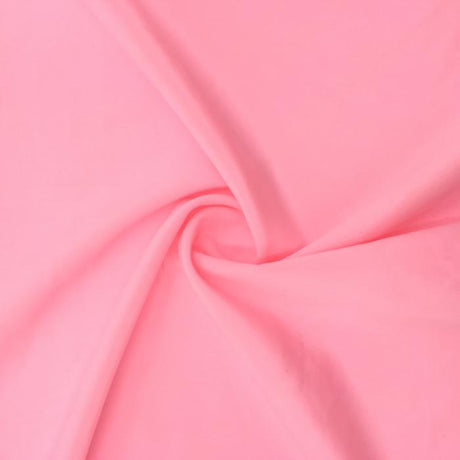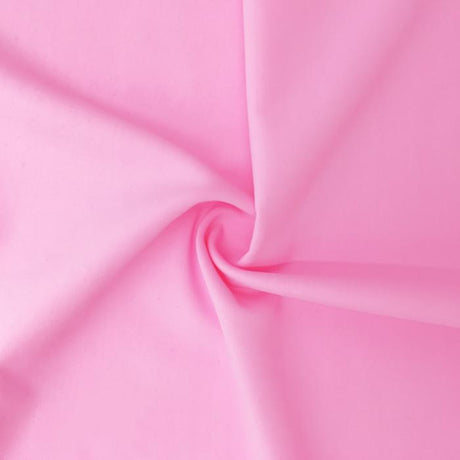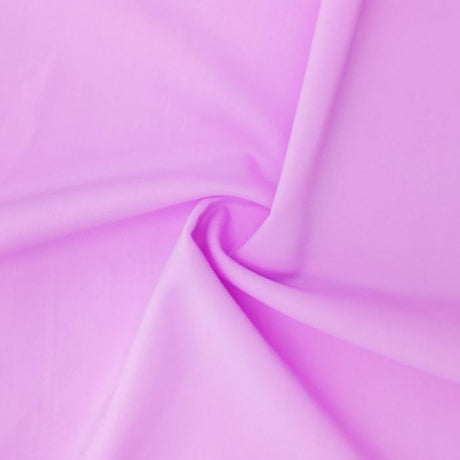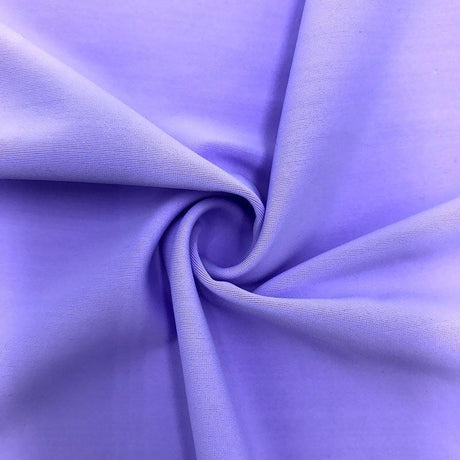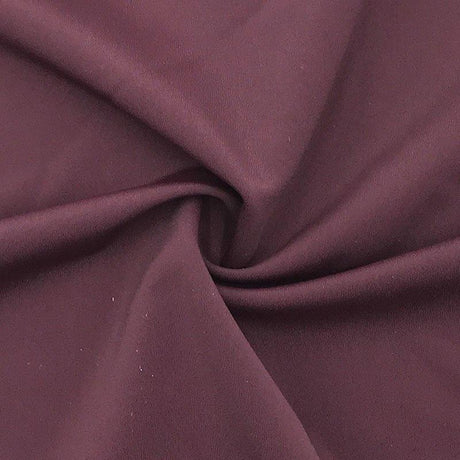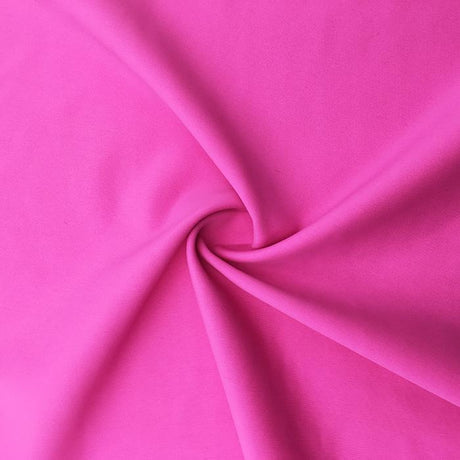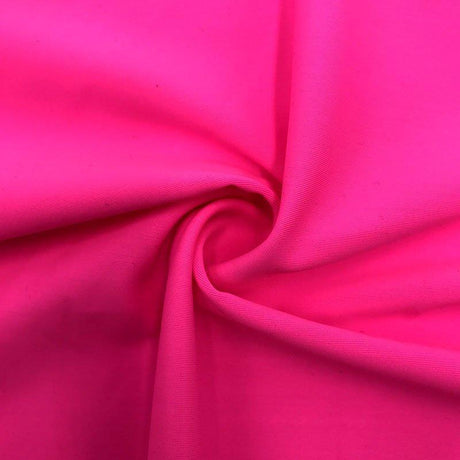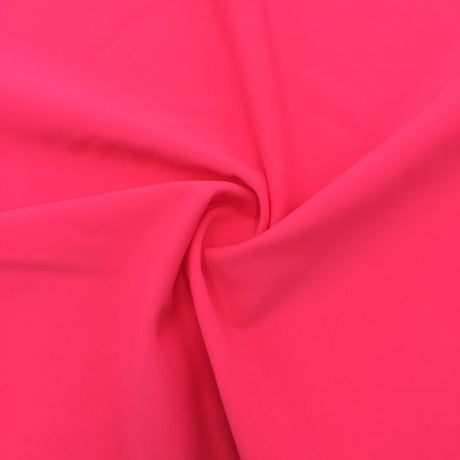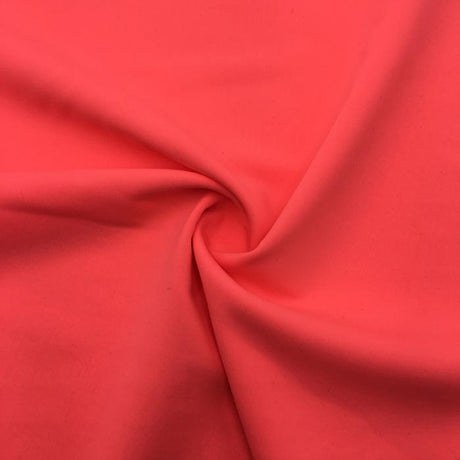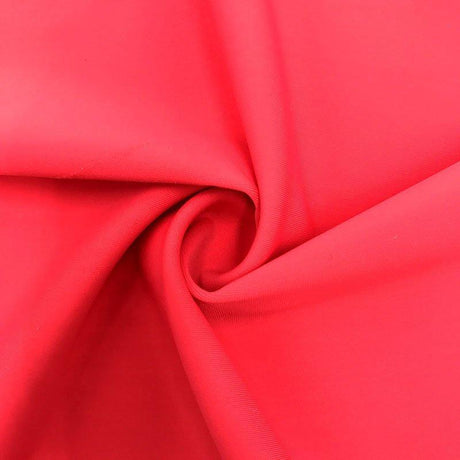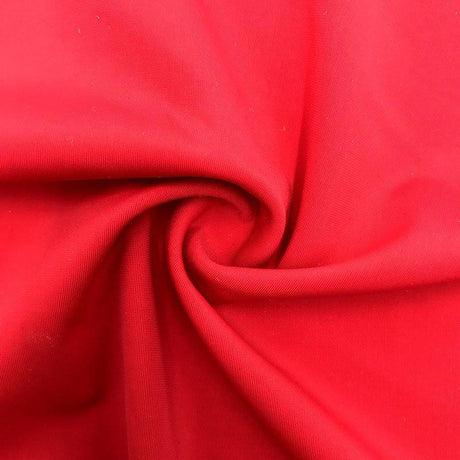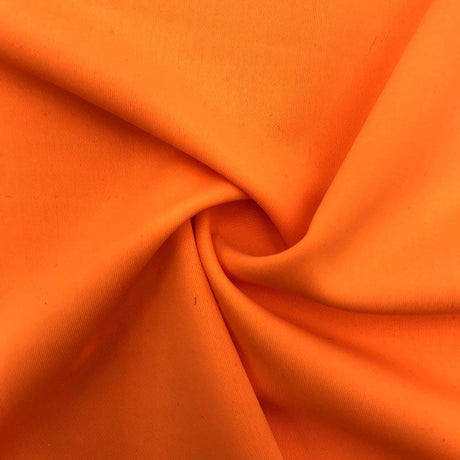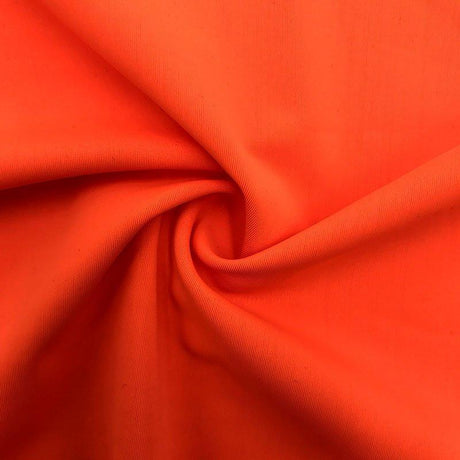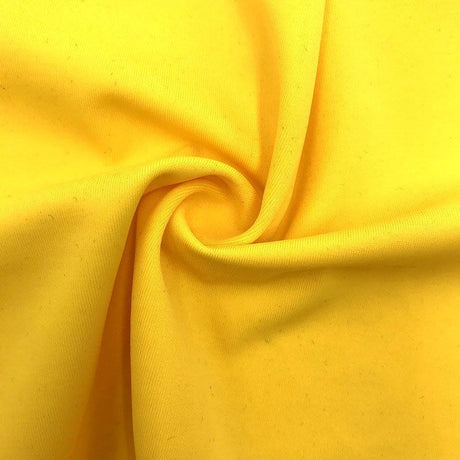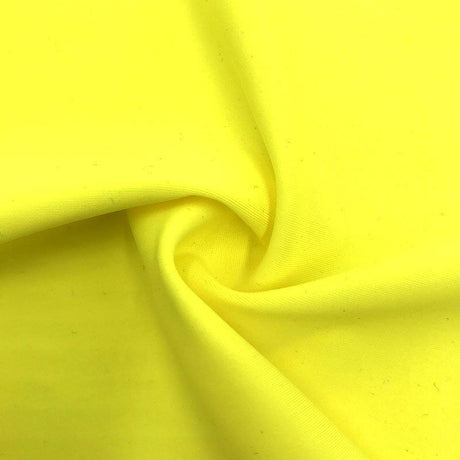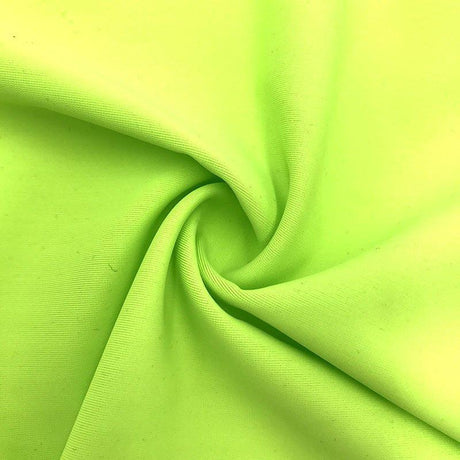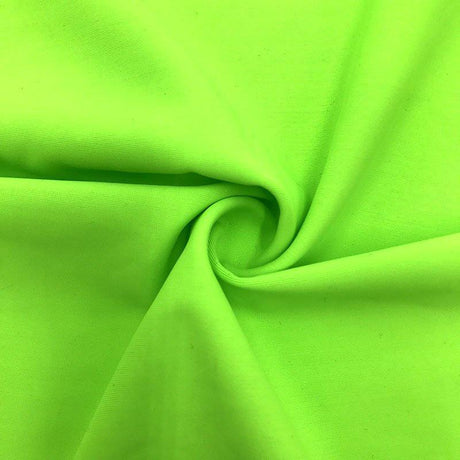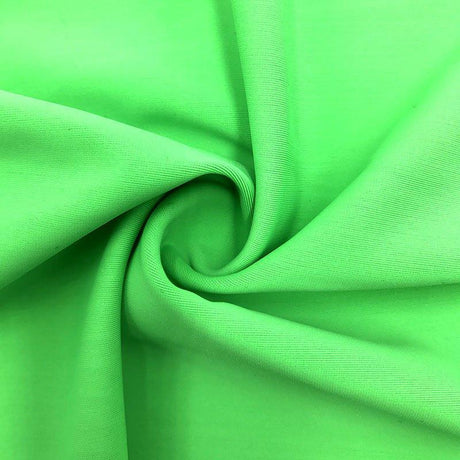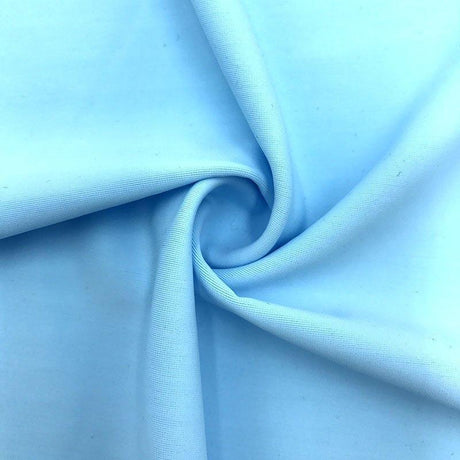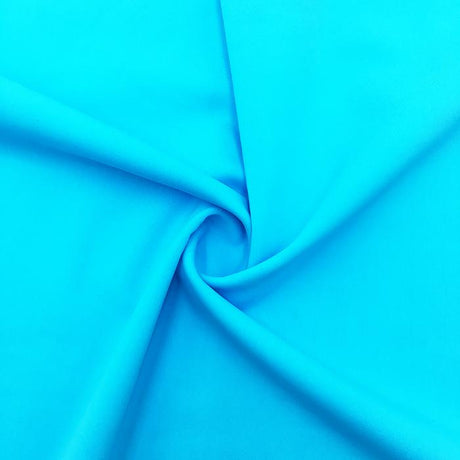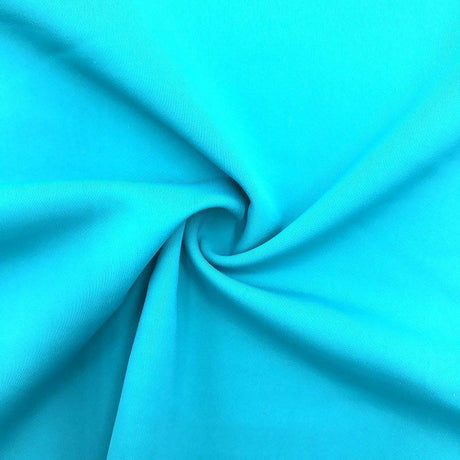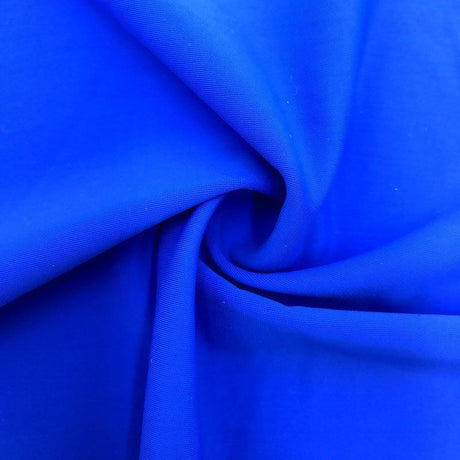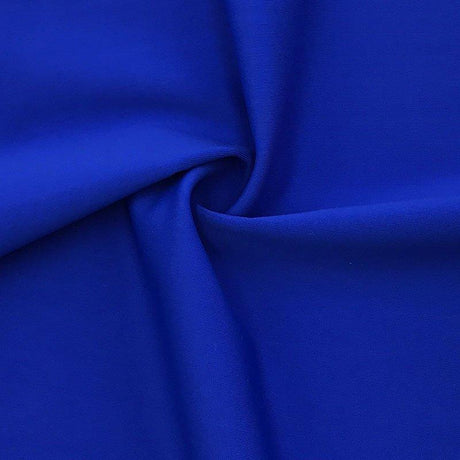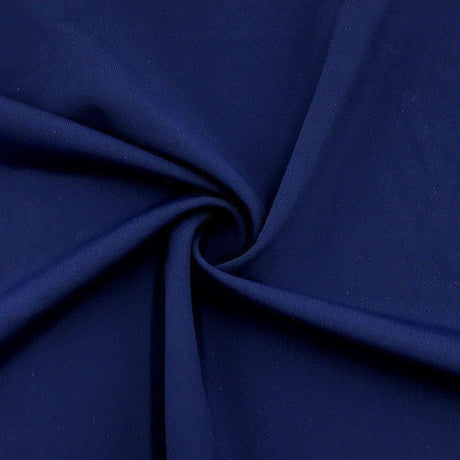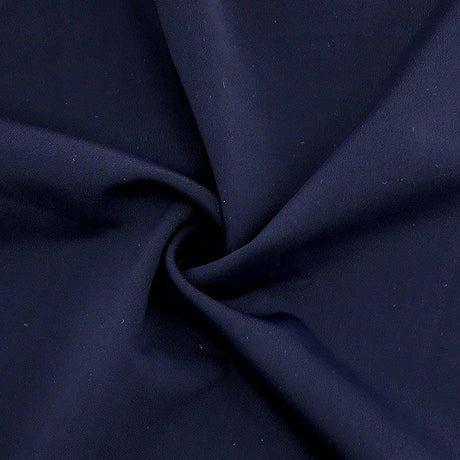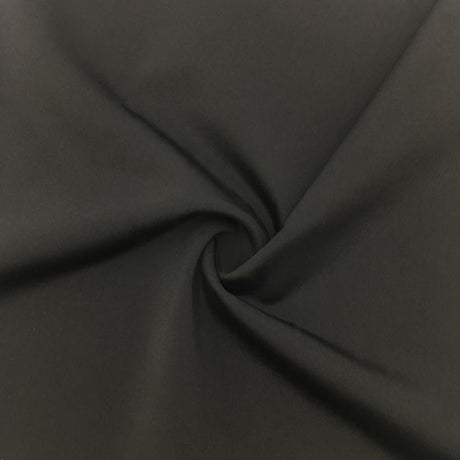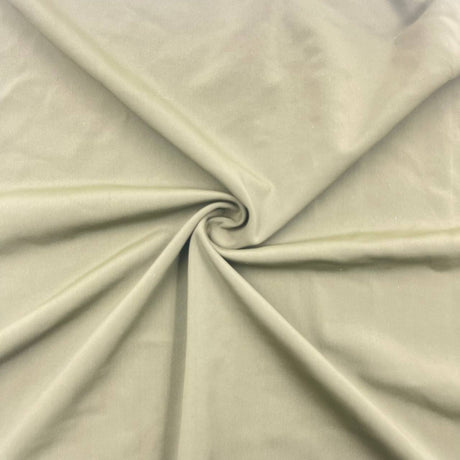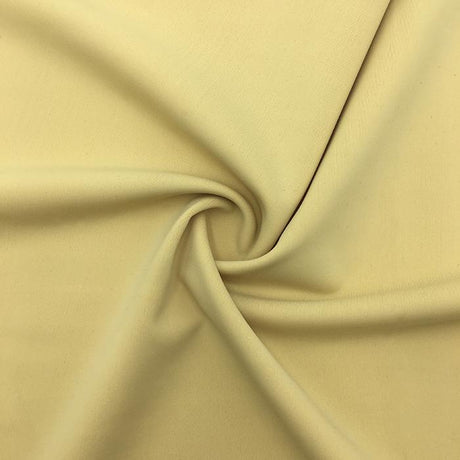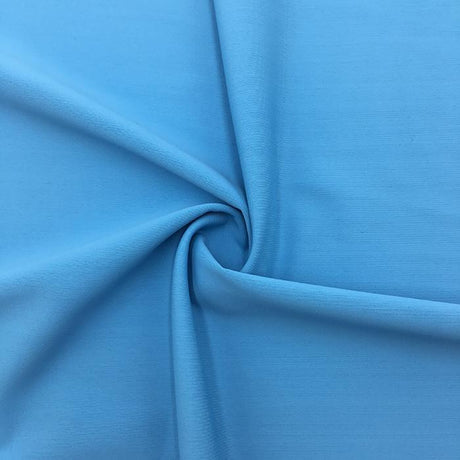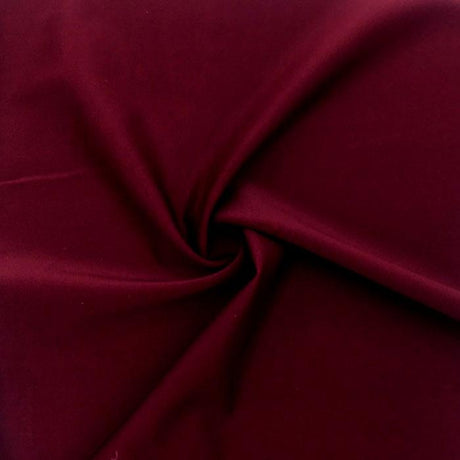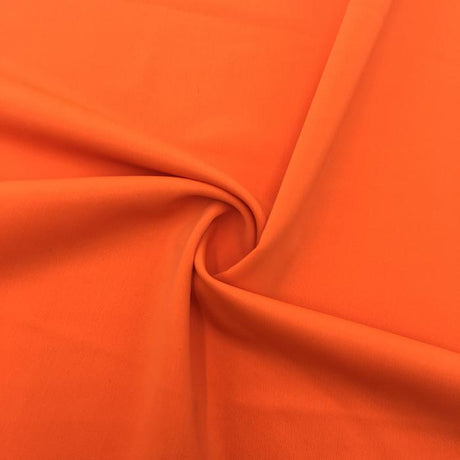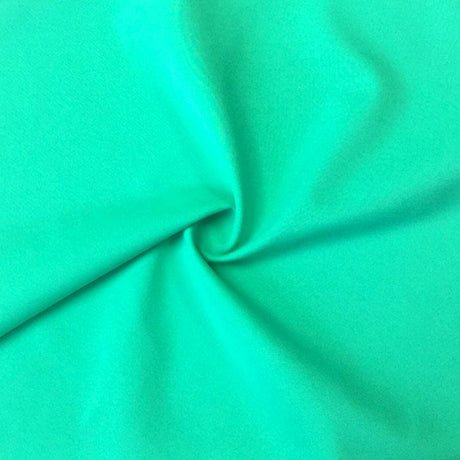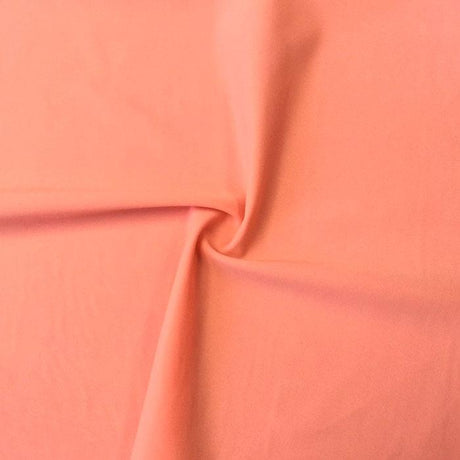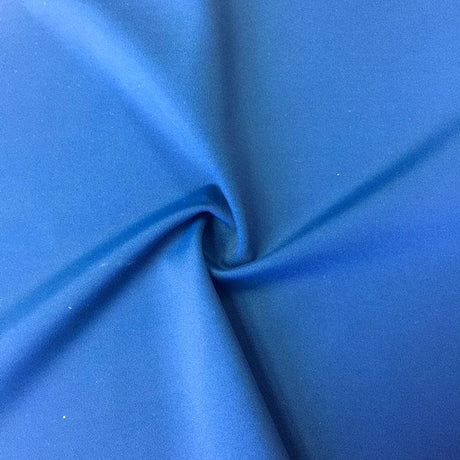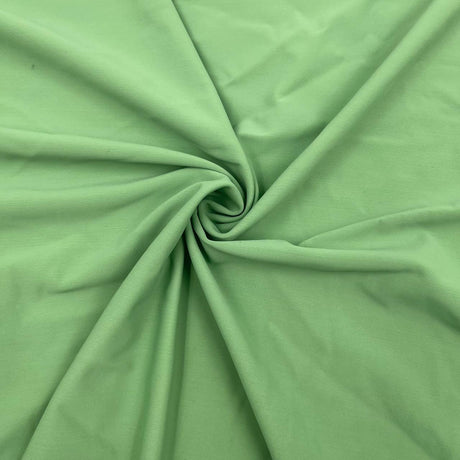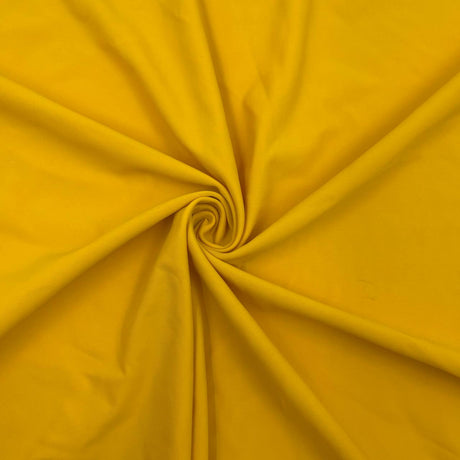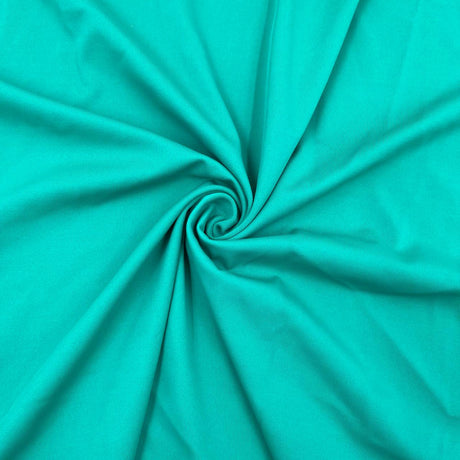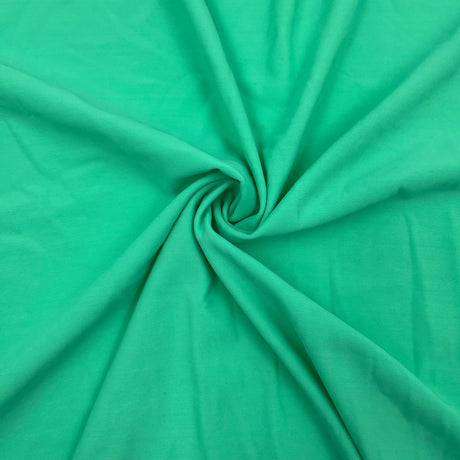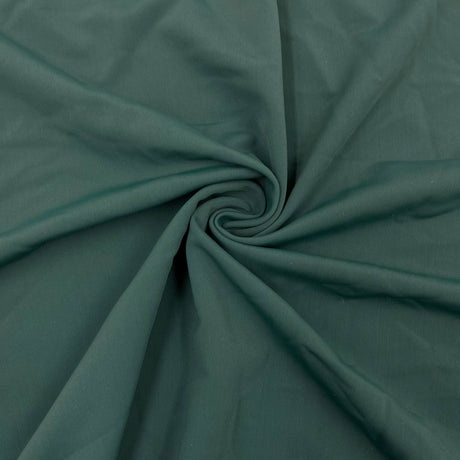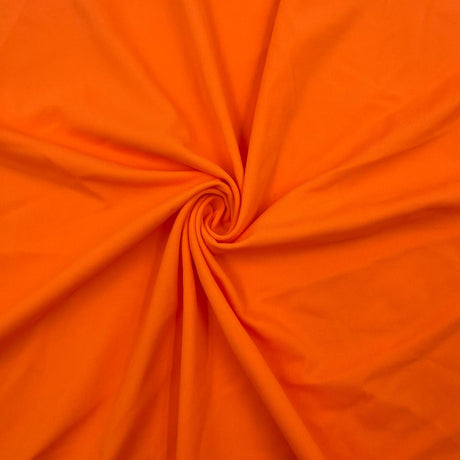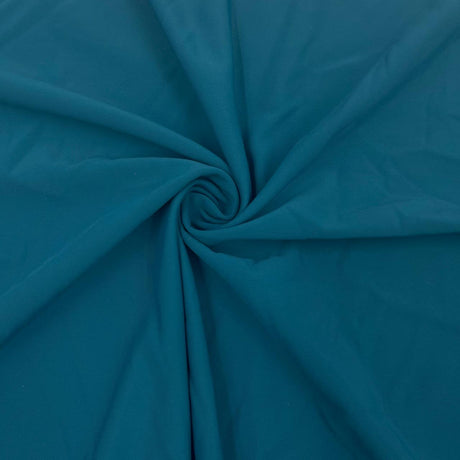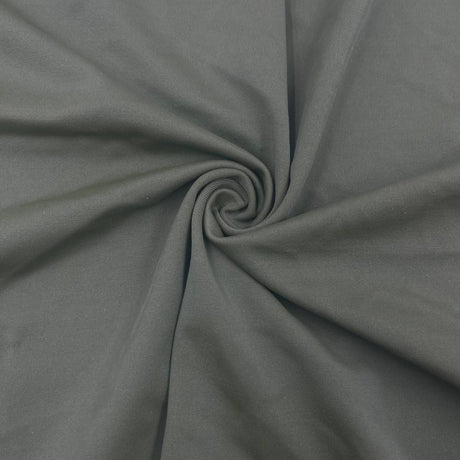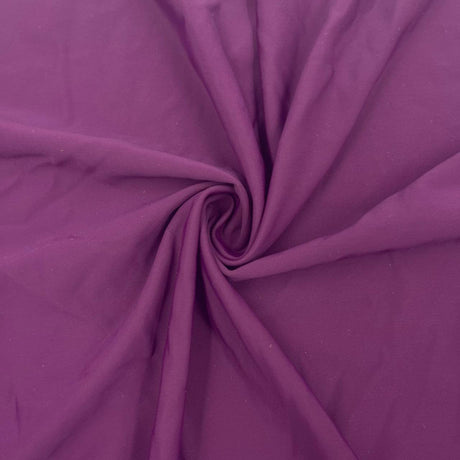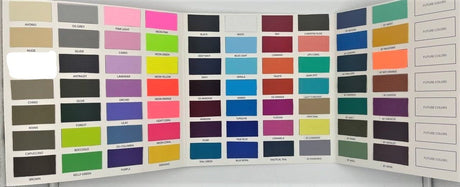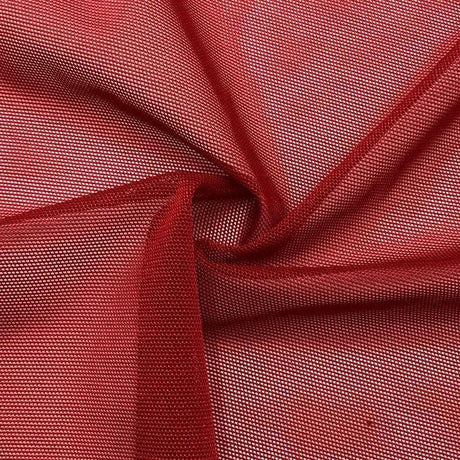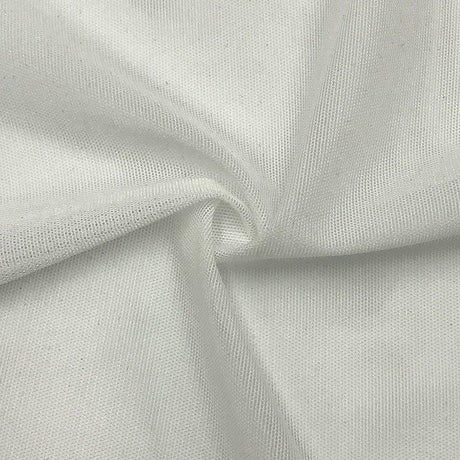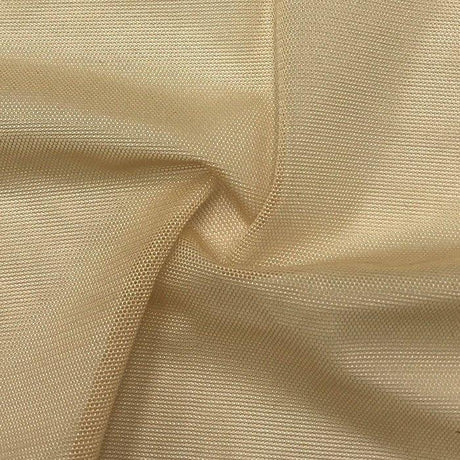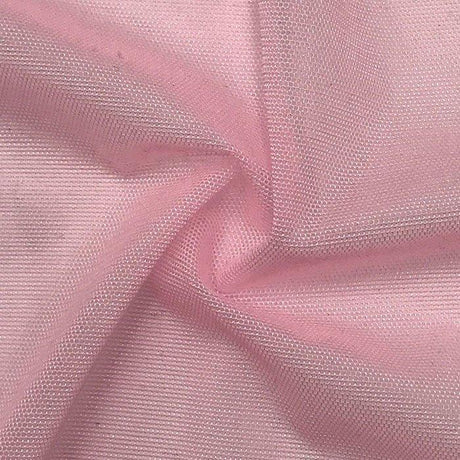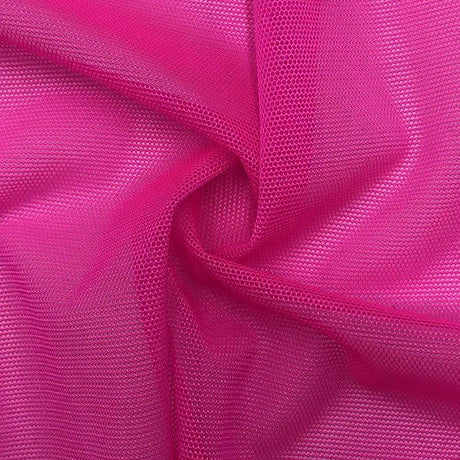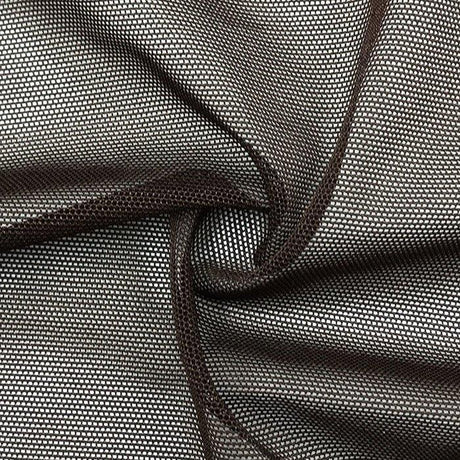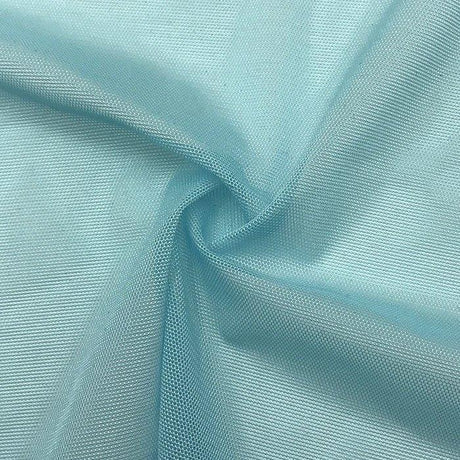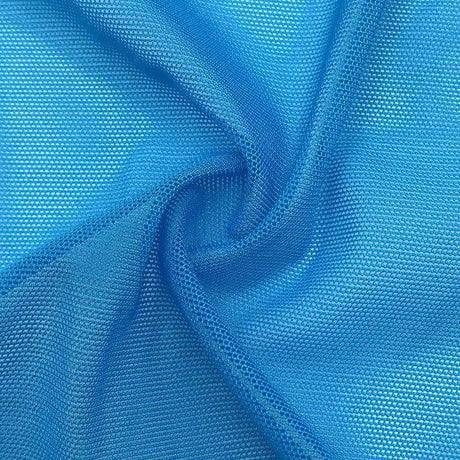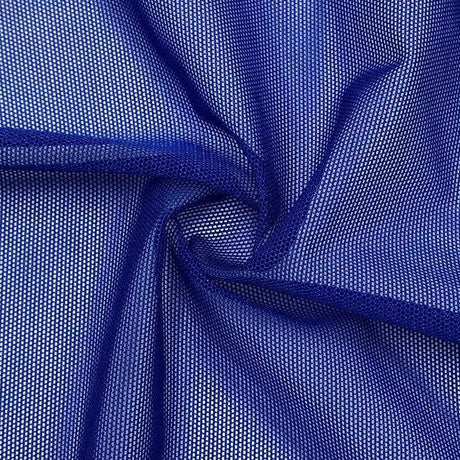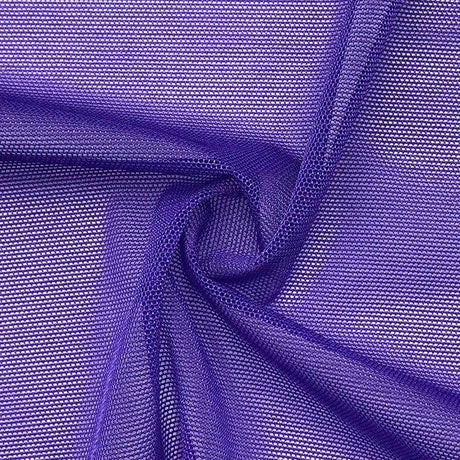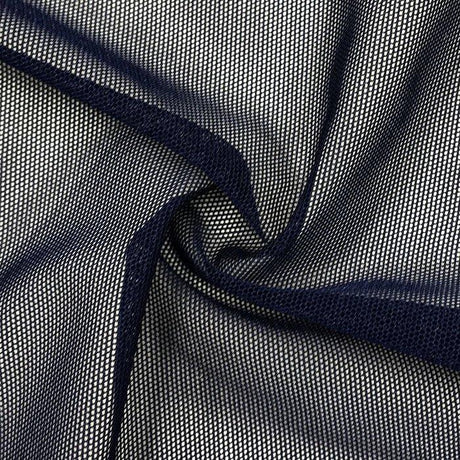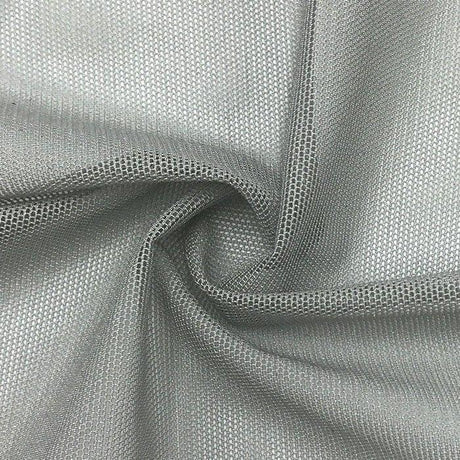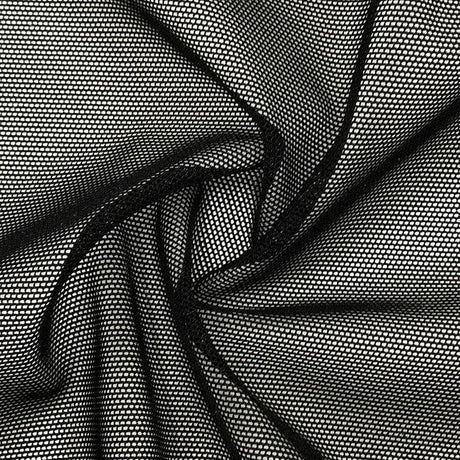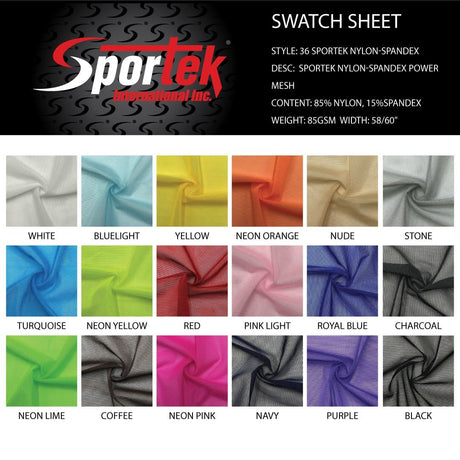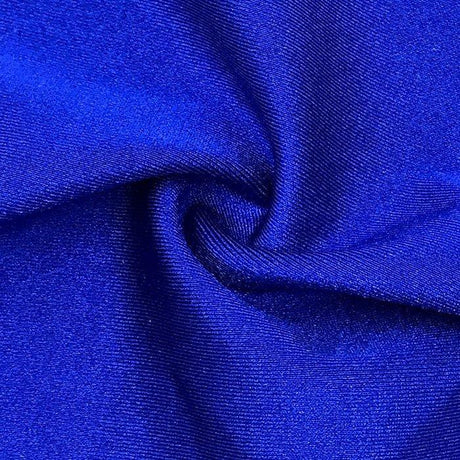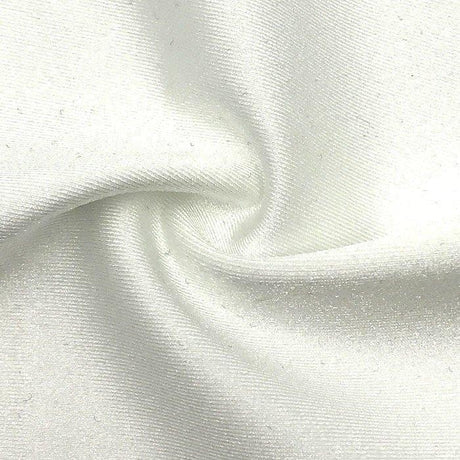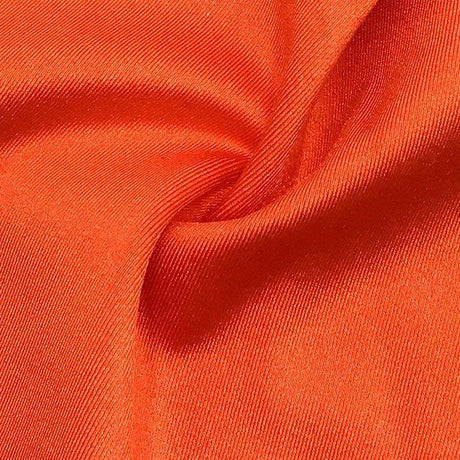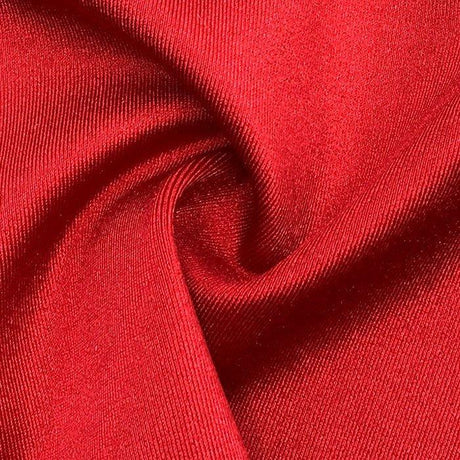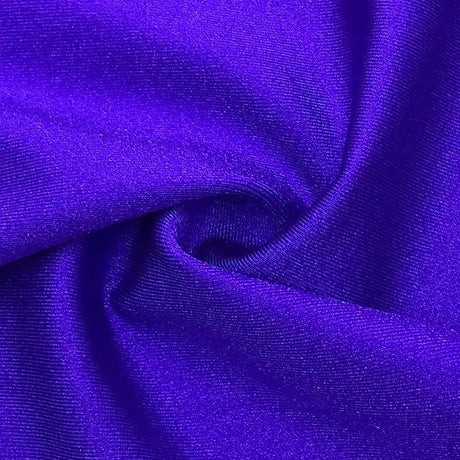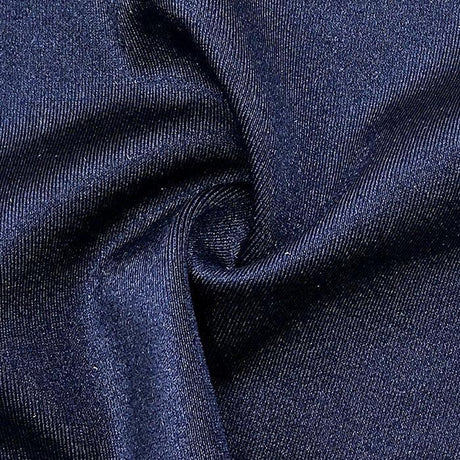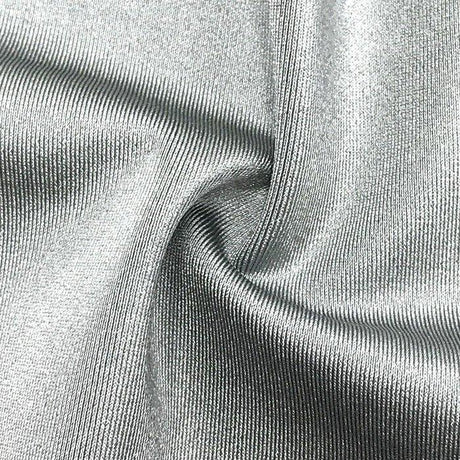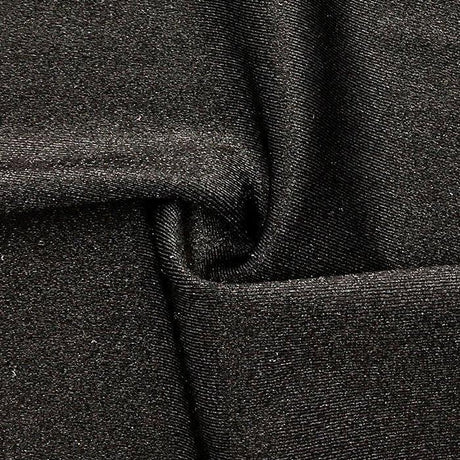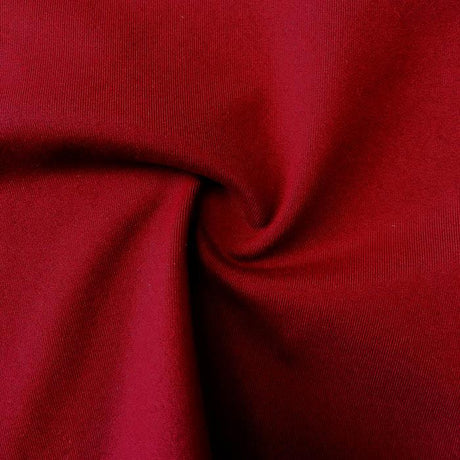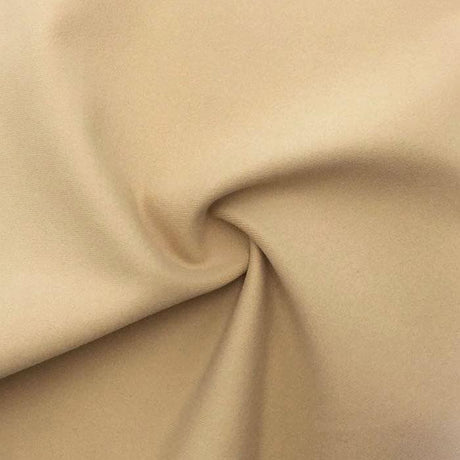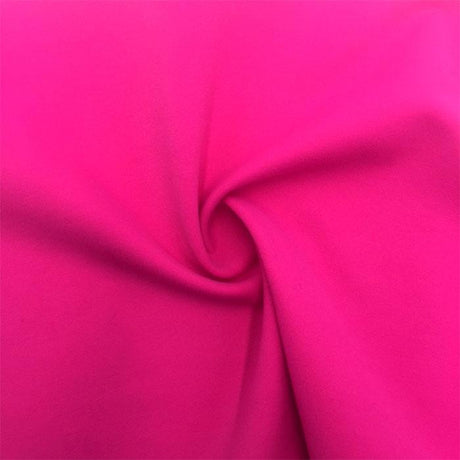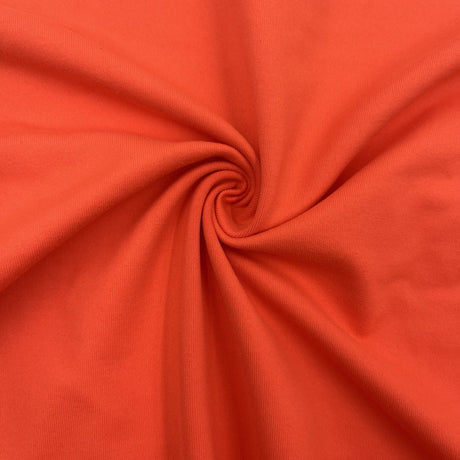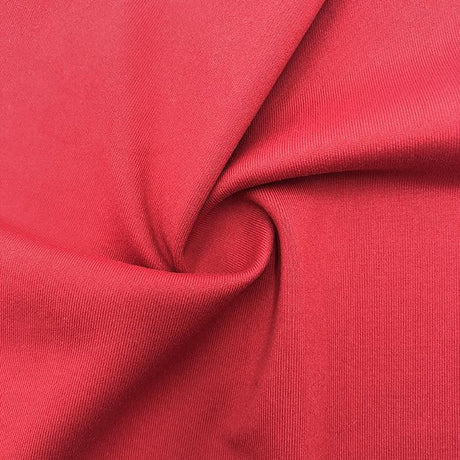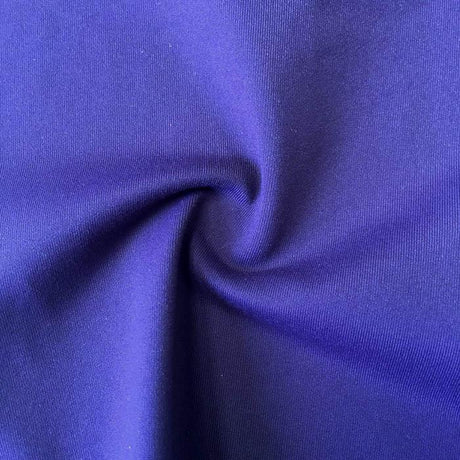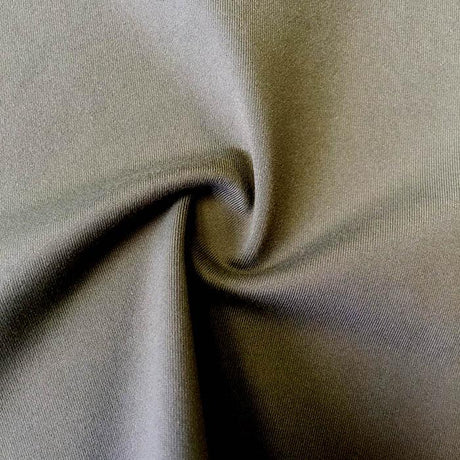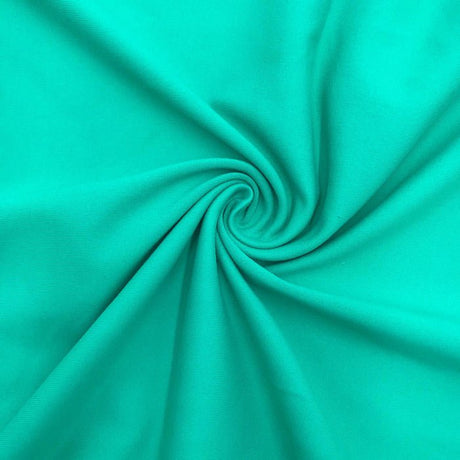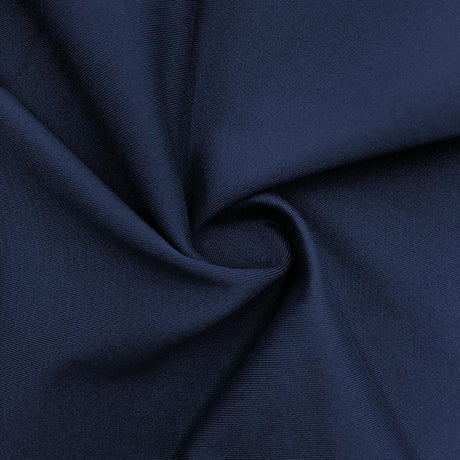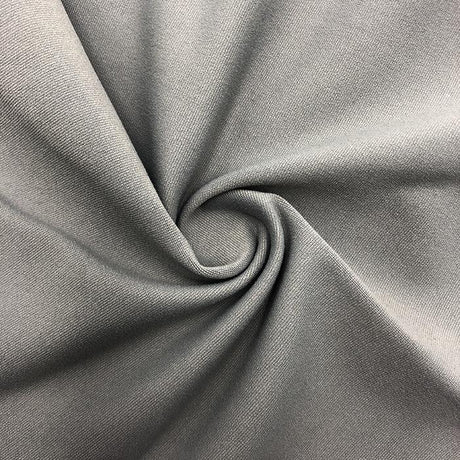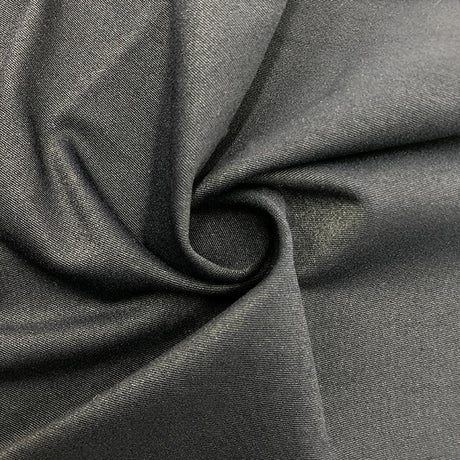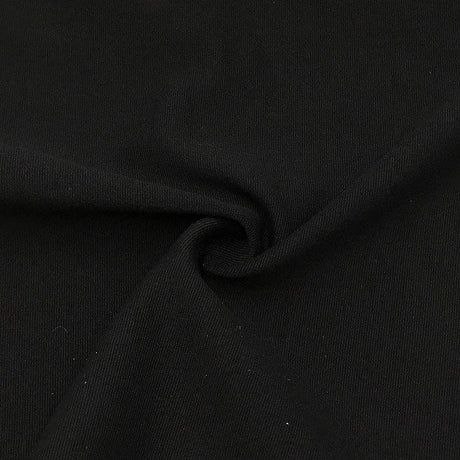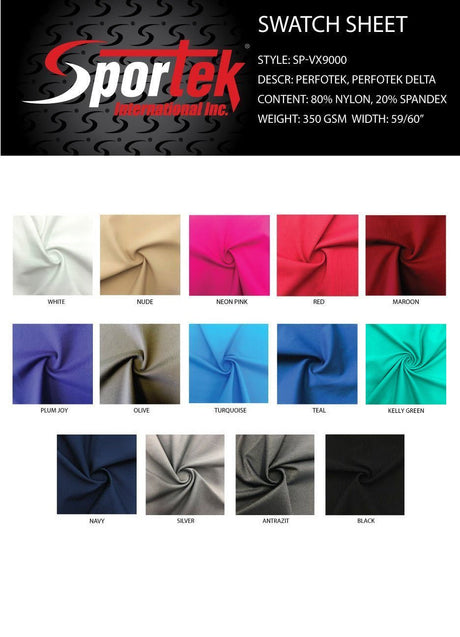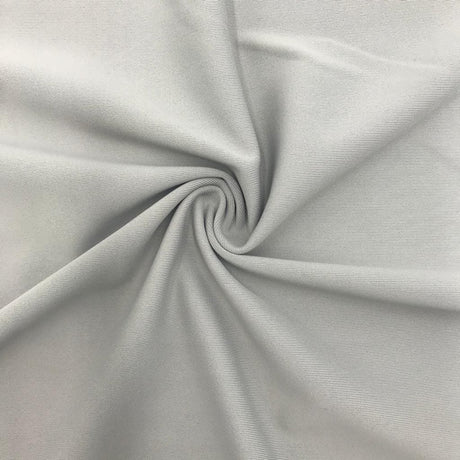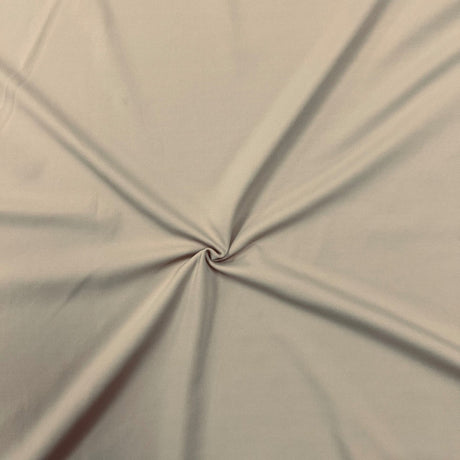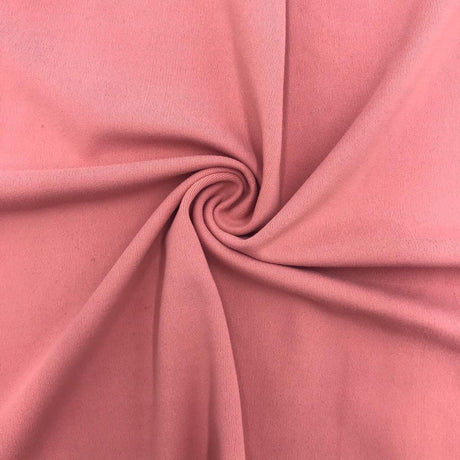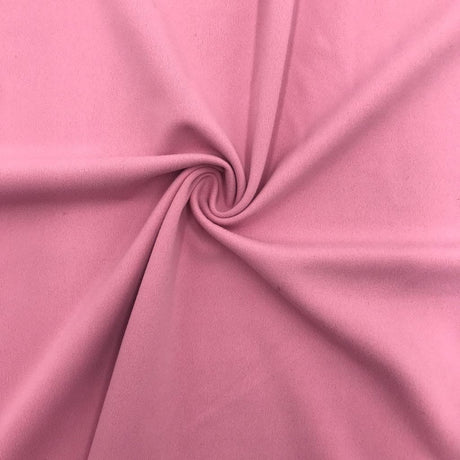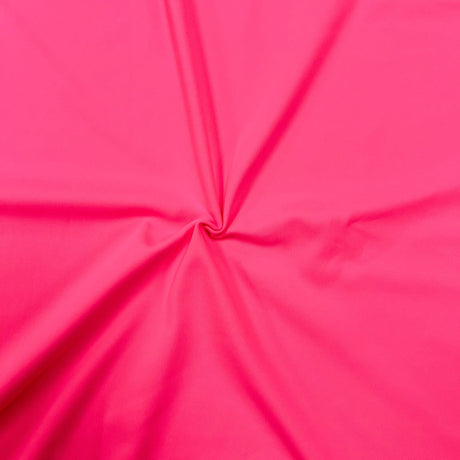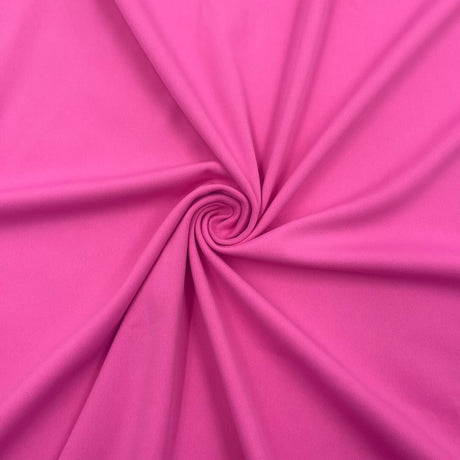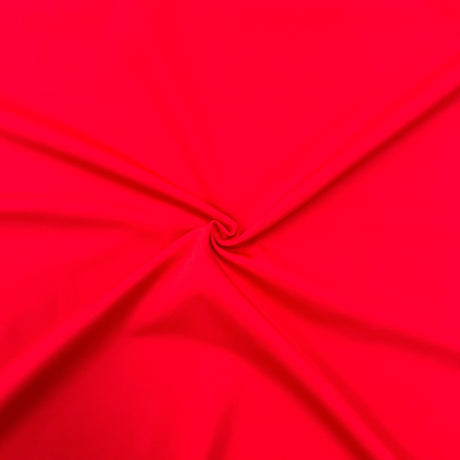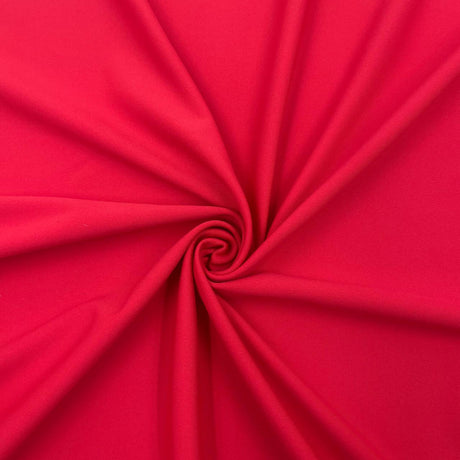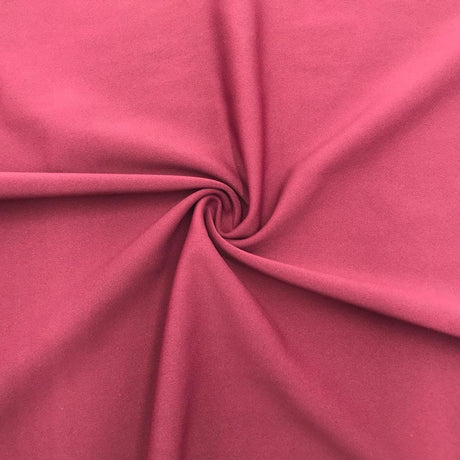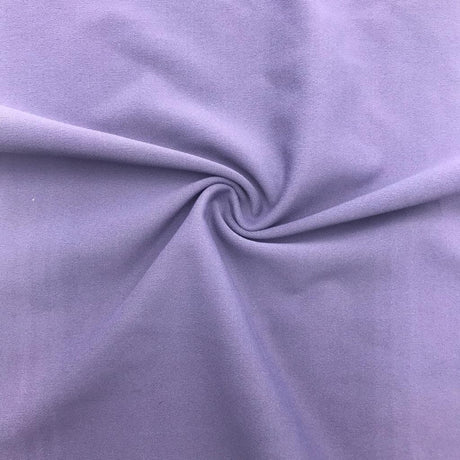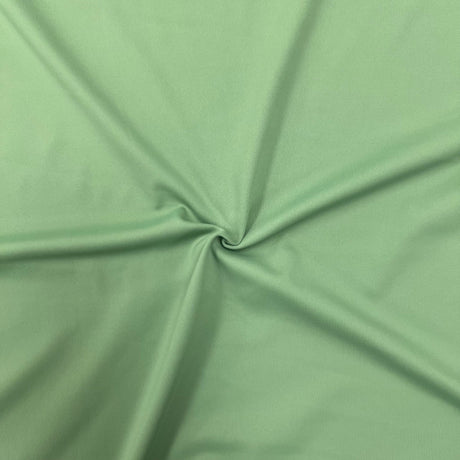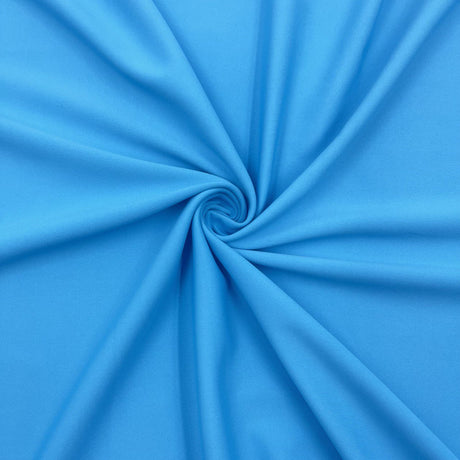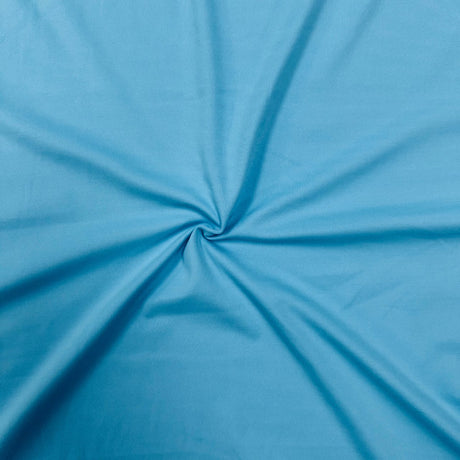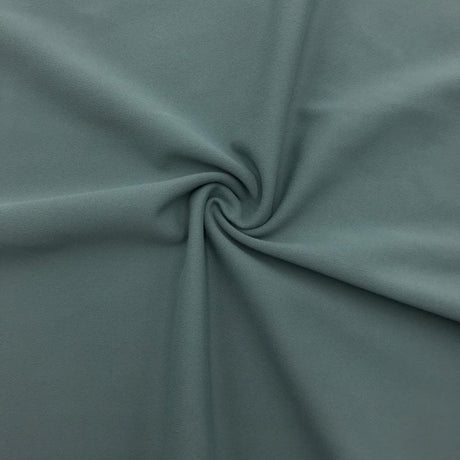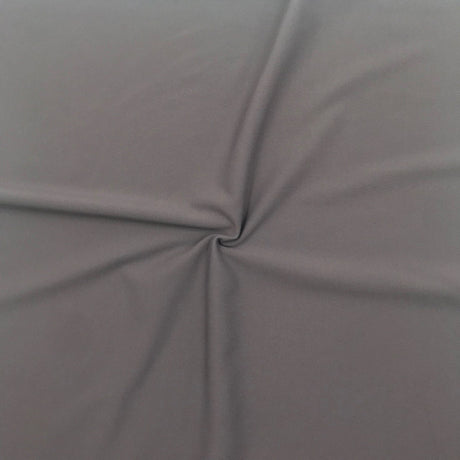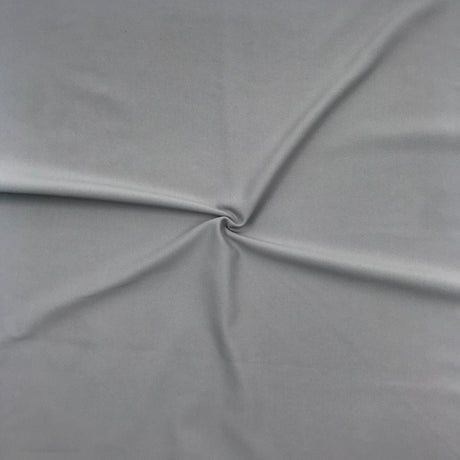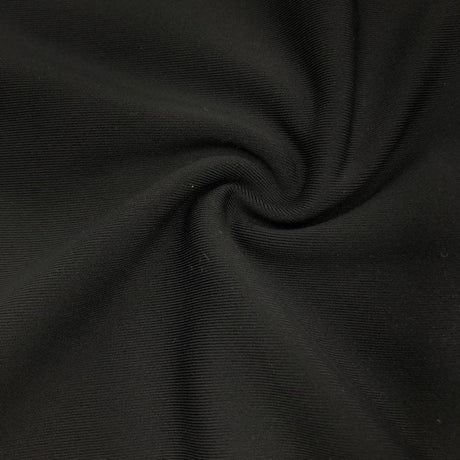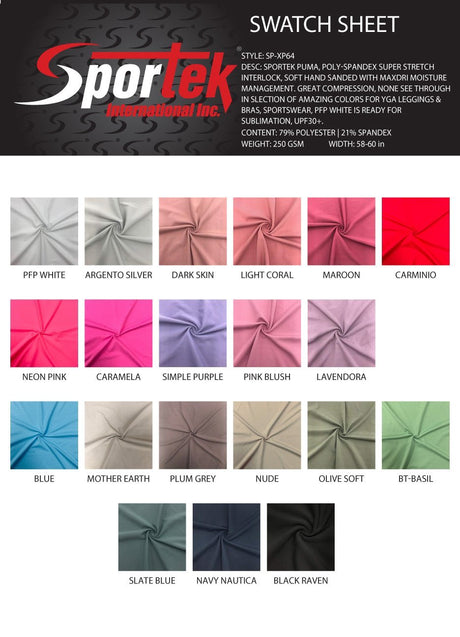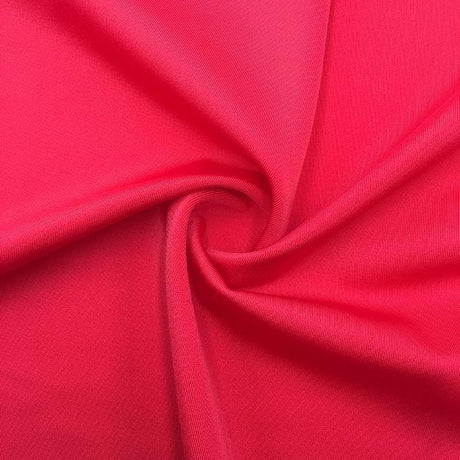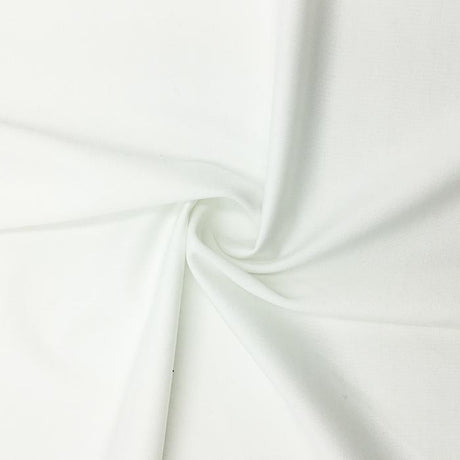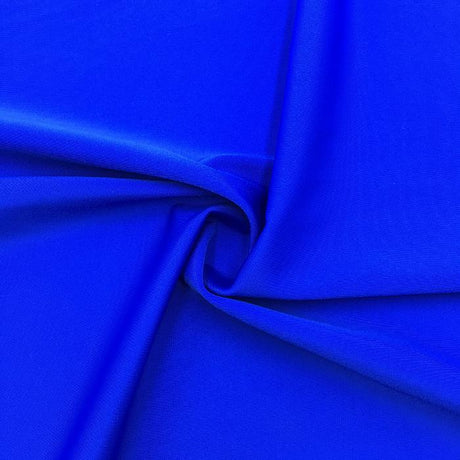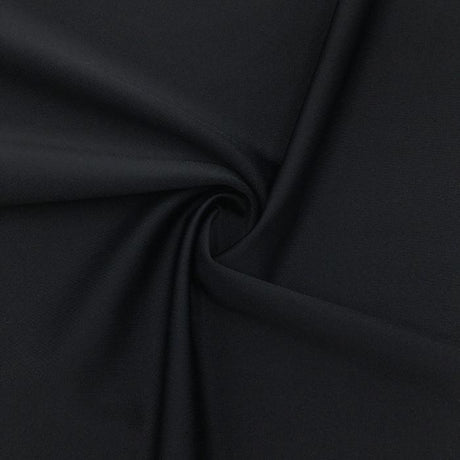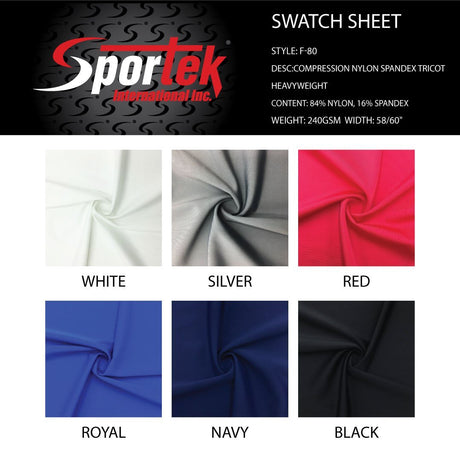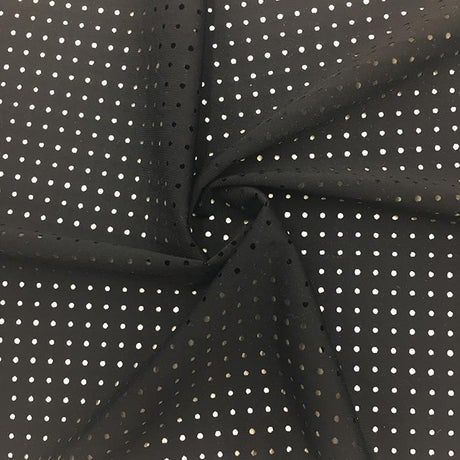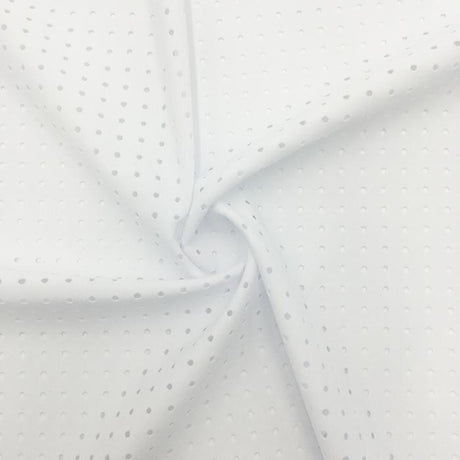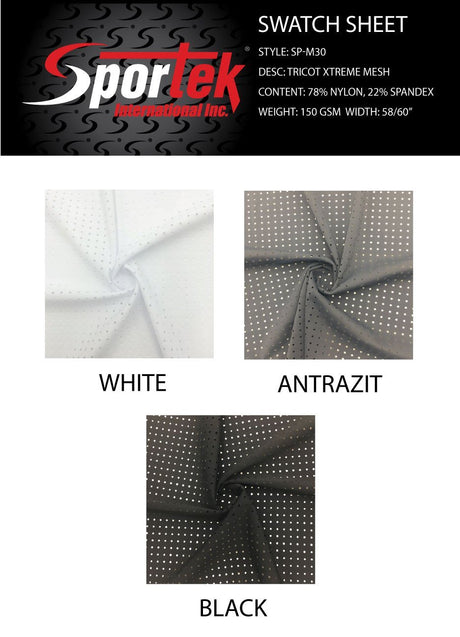Understanding Durable Water Repellent (DWR) Coatings
Durable Water Repellent (DWR) is a specialized fabric finish that makes textiles shed water. Chemically, DWR coatings are often composed of long-chain polymers (historically fluorocarbon-based, though newer versions use silicone or hydrocarbon compounds) that bond to a fabric’s surface. These polymers create a microscopic hydrophobic layer: when water contacts a DWR-treated fabric, it cannot spread out.
Instead, droplets bead up and roll off, much like water on a freshly waxed car. In essence, the DWR increases the surface tension on the fabric’s face, causing moisture to form beads that slide away rather than soaking in. This surface treatment is water-repellent but not fully waterproof – it lets the material breathe and doesn’t seal it completely. Over time and use, however, DWR effectiveness diminishes as the coating wears off or gets contaminated by dirt and oils. Modern outdoor gear often advertises PFAS-free DWR, meaning it avoids long-chain fluorochemicals for environmental reasons, instead using safer chemistries (short-chain fluoropolymers, silicones, waxes, etc.) with a slight trade-off in longevity.
Characteristics of Stretch Fabrics like Spandex (Elastane/Lycra)
“Spandex” (also known as elastane or by the brand name Lycra) is a synthetic fiber celebrated for its exceptional elasticity. It is a polyurethane-based copolymer that can stretch 5–8 times its original length and spring back to shape. This high stretch and recovery gives spandex-blended fabrics their form-fitting comfort and freedom of movement. Typically, spandex fibers are used in combination with other materials (like nylon, polyester, or cotton) rather than alone – often only a small percentage (5–20%) of a garment’s composition is spandex, woven or knitted together with the other fibers. The other fibers provide structure and strength, while the spandex imparts stretch.
One key trait of spandex-containing fabrics is their open, breathable structure. When spandex yarn is knitted into material (e.g. athletic leggings or stretch jerseys), the fabric tends to be porous and air-permeable. This makes it comfortable and moisture-wicking for active use, but it also means water and wind can pass through easily.
In other words, a pure stretch fabric will readily soak through in rain and allow cold wind to penetrate – the very properties that make it breathable also make it vulnerable to the elements. By contrast, traditional rainwear fabrics (like coated nylon hard-shells) are tightly woven and often non-stretch, forming a solid barrier to water and air. The challenge for textile engineers has been to bridge this gap: to give stretchy, breathable fabrics some of the water resistance of a rain jacket without losing their elasticity or comfort.
Applying DWR to Stretch Fabrics: Challenges and Adaptations
Treating a stretch fabric (such as a nylon-spandex blend) with a DWR finish is the primary way to make it water-repellent while preserving its flex. The DWR chemistry can be applied to the entire fabric, coating each fiber – whether it’s spandex or a companion fiber like nylon/polyester – in a hydrophobic finish. In practice, many stretch textiles have spandex fibers wrapped or blended with nylon/poly; the DWR mostly adheres to those outer nylon/poly strands which form the fabric surface, but it can also bond to exposed spandex fiber if present. The spandex yarn itself remains embedded to provide elasticity, while the DWR forms a thin exterior layer to repel moisture.
The main technical challenge is ensuring the DWR coating remains effective despite constant stretching and flexing. A rigid or brittle water-repellent coating could crack or delaminate when the fabric stretches. To address this, modern DWR formulations are designed to be thin, flexible, and well-anchored to fibers. Rather than a heavy continuous film, the DWR exists as a nanoscale treatment on the fiber surfaces, so when the fabric stretches, the hydrophobic agents move with the fibers instead of splitting apart. Many DWR polymers (especially newer non-fluorinated types) are essentially supple plastics or elastomers themselves, which can elongate to some degree. This way, a quality DWR finish does not crack or whiten even under 4-way stretch movements.
Another consideration is adhesion: spandex fibers are smooth and can be chemically different from polyester/nylon, so manufacturers may use a primer or a specific DWR chemistry that bonds well to spandex’s polyurethane chemistry. Often, a two-step process is used in factories – a binding agent or cross-linker is applied with the DWR to help it adhere through stretches and washes, preserving performance. The result is that water-repellency can be added to stretch fabrics without significantly altering their feel or flexibility. In fact, a DWR coating is very lightweight and does not block the fabric’s breathability or stretch if applied correctly. The spandex still provides the core elasticity and air flow, while the DWR-treated outer fibers fend off light rain or splashes.
It’s important to note that even with these adaptations, DWR-treated stretch fabrics are meant for water resistance, not full waterproofing. Because the base fabric is still porous and uncoated between fibers, heavy rain will eventually seep through once the surface is saturated. For serious waterproof protection, manufacturers often add an internal membrane layer (like Gore-Tex or similar) under a DWR-coated stretch face fabric. In a common high-end design, you might have a 3-layer laminate: a stretchy outer fabric (nylon/spandex blend) with DWR, a thin waterproof-breathable membrane beneath it, and a soft inner lining. This gives full rain protection while the outer DWR causes water to bead off instead of soaking the stretch shell. In summary, DWR alone is a first line of defense – keeping a stretch garment dry in light precipitation – and it works in synergy with spandex by adding protection without removing stretch.
Applications and Benefits of DWR-Coated Stretch Fabrics
The combination of spandex-based stretch and DWR’s water-shedding ability has huge advantages across various apparel industries. Below we explore a few key applications where “DWR spandex” fabrics shine:
Activewear and Outdoor Apparel
For athletes and outdoor enthusiasts, having gear that moves with you and keeps you dry is a game-changer. DWR-coated stretch fabrics are widely used in running jackets, hiking pants, softshells, and leggings. The DWR finish means a sudden light rain or drizzle won’t immediately soak your clothing; water beads off the surface, so the garment stays lighter and dries faster. Meanwhile, the spandex content ensures the apparel is flexible and form-fitting, allowing full range of motion for activities like trail running, cycling, climbing, or skiing.
Consider modern softshell pants used for hiking and climbing: these often contain around 5–15% spandex woven with nylon or polyester. They typically feature a DWR finish on the face fabric, giving them resistance to light rain and snow. You can scramble over wet ground or brush against dewy foliage without getting soaked. At the same time, the pants remain breathable and stretchy enough for steep ascents. For example, Mammut’s Zinal Hybrid Tights (a hiking legging) use a 74% polyester / 26% spandex blend treated with a PFC-free DWR to repel water while providing 4-way stretch for mobility. This makes them ideal for changeable weather on the trail – they shed light rain and dry quickly, yet feel as comfortable as regular athletic tights.
In high-output activities, breathability matters as much as water protection. A DWR-treated stretch jacket won’t trap sweat like a coated raincoat might; because the fabric stays unsaturated, it retains its air permeability. Event Fabrics (a textile manufacturer) notes that DWR on an outer shell helps prevent “wetting out,” so the garment doesn’t feel clammy and breathability is maintained even in damp conditions. Many lightweight running jackets blend nylon/spandex and use DWR for exactly this reason – they keep a bit of rain at bay, block wind, and let excess body heat escape. The overall benefit is enhanced comfort and thermoregulation: you stay drier and warmer in cool, wet weather without sacrificing stretch or adding much weight.
It’s common for water-resistant activewear to pair DWR stretch fabrics externally with other tech internally. As mentioned, a fully waterproof stretch jacket might laminate a breathable membrane under a DWR-coated stretchy face fabric. This way, even if the DWR begins to wear off over time, the underlying membrane still keeps rain out, and the spandex ensures the whole assembly can move and flex. In any case, the DWR spandex outer shell significantly improves the user’s experience in moderate conditions: you can enjoy freedom of movement in a yoga-like fabric, yet if it starts to mist or snow lightly, you’ll remain largely dry and comfortable.
Swimwear and Water Sports
One of the more striking uses of DWR on stretch fabrics is in competitive swimwear and water sport apparel. Competitive swimsuits (typically a tight blend of nylon and spandex) are designed not just for elasticity and muscle compression, but also to minimize drag in the water. To achieve this, manufacturers treat these suits with durable water repellents so that they don’t absorb water. A famous example is Speedo’s Fastskin and LZR Racer suits. These suits were made of extremely fine nylon/spandex fibers in a dense weave, and Speedo coated the fabric with a hydrophobic treatment (like a Teflon-based DWR) to prevent water absorption. The result was a fabric that stayed drier and lighter in the pool, helping swimmers glide faster. According to a materials science analysis, the LZR Racer’s woven fabric was “very fine microfibres of nylon and spandex in a high-density weave” and “extremely lightweight and water-repellent,” as every thread was treated to repel water. This DWR coating also trapped tiny air pockets, adding buoyancy for the athlete.
The benefit in swimwear is immediate: less drag and faster swim times, because the suit isn’t holding onto water and creating weight or resistance. It also means the suit dries rapidly once out of the water. In water sports like surfing or paddle boarding, DWR-treated stretch fabrics are used in rash guards, board shorts, or surf leggings. For instance, some high-end surf leggings incorporate spandex for mobility and a DWR finish so that they don’t get waterlogged, which keeps the wearer warmer and the fabric flexible. Similarly, triathlon suits (worn for swimming, biking, running in one race) often have DWR-treated panels – the athlete can exit the swim and the suit will shed water quickly, making for a lighter, more comfortable transition to cycling.
In summary, DWR spandex swimwear combines hydrophobic surfaces with elastic fit. Athletes get compression and range of motion from the elastane, alongside the advantage of water-beading fabric that cuts down on drag. This has been so effective that performance swimsuits using full-body DWR coating were credited with numerous world records (leading to certain types being banned in 2009 for giving swimmers “unfair” advantages). Even in recreational swimwear, a DWR finish on a swimsuit or swim leggings means it won’t sag or gain weight when wet, and it will dry out much faster after use – a convenience many appreciate at the beach or pool.
Athleisure and Everyday Wear
The benefits of DWR on stretch fabrics aren’t limited to extreme sports – they’ve also trickled into everyday clothing and athleisure. In urban and travel apparel, it’s increasingly common to see items like commuter pants, joggers, or hoodies made from stretch cotton/spandex blends with a DWR treatment. These garments look and feel like regular comfortable clothes, but have hidden superpowers: you can spill a coffee or get caught in light rain and the liquid just rolls off, protecting you from stains and sogginess.
For example, some brands make stretch denim or canvas jeans with a small amount of spandex for comfort and a DWR finish for weather protection. DUER’s Stretch Canvas fabric is a blend of 93% cotton, 5% polyester, and 2% spandex that features a DWR treatment for weather resistance without compromising the casual look and breathability of cotton. These pants remain breathable and soft, but if you bike to work in the morning dew, the water will bead on the surface instead of soaking in. Similarly, many golf or travel pants use polyester/spandex with DWR so that they handle a sprinkle or spill with ease.
In the athleisure realm, imagine running errands after the gym in the same leggings or stretchy jacket you worked out in – if it’s drizzling outside, a DWR-coated legging will repel water so you don’t end up with soaked legs. Some yoga and fitness apparel brands have introduced “rain resistant” leggings using DWR-treated nylon/spandex fabric, targeting people who want to transition from indoor to outdoor activities seamlessly. And for those who commute or cycle around town, a lightweight stretchy rain-resistant jacket is a perfect hybrid of comfort and functionality. It gives the aesthetic and comfort of a softshell or hoodie but with technical performance built in.
Another everyday advantage is stain resistance: DWR finishes often repel not just water but also oils and dirt to some extent. That means DWR-coated stretch clothes tend to stay cleaner – mud or wine is less likely to soak in, buying you time to wipe it off. This is great for travel clothing (you can wear pants longer without washing) or kids’ outdoor apparel. Overall, DWR spandex fabrics in daily wear provide peace of mind: you get the comfort of stretch and the style you want, plus a bit of weatherproofing for life’s little surprises.
Limitations and Care Considerations
While DWR-treated stretch fabrics are highly versatile, it’s important to understand their limitations and how to care for them to maintain performance:
- Not Permanently Waterproof: Remember that DWR only repels water on the surface; it is not a 100% waterproof barrier. In a heavy downpour or prolonged exposure, a stretch fabric will eventually let water through once the DWR is overwhelmed. For sustained rain, you’d still need a dedicated rain shell or an integrated membrane layer beneath the DWR fabric.
- Durability and Reapplication: DWR coatings are not permanent. With repeated stretching, abrasion, and especially laundering, the DWR layer will wear off or lose effectiveness over time. Many manufacturers recommend periodically reapplying a DWR treatment. For example, Patagonia advises renewing the DWR about once per season of use (or whenever you notice water no longer beading up). Fortunately, products like spray-on or wash-in DWR renewers are available for consumer use. Regular maintenance will ensure your DWR spandex gear continues to bead water as intended.
- Proper Washing: How you wash DWR-coated stretch garments has a big impact on their longevity. Avoid strong detergents, bleach, or fabric softeners, as these can strip or mask the DWR finish. Instead, use mild detergent (or special technical fabric wash) and cold or warm water. Washing removes dirt and oils that can attract water (“wet out” the fabric), so occasional gentle washing is good – just make sure to rinse thoroughly. Do not use fabric softener; it leaves residues that reduce the water-repellency and breathability of technical fabrics.
- Heat Reactivation: After washing, heat can help reactivate the DWR coating. Many DWR-treated garments benefit from a brief tumble dry on low or medium heat (if the care label permits) to redistribute and re-bind the finish. Spandex-blend fabrics can generally handle low heat, but avoid high heat which could damage the elastic fibers. Alternatively, you can use a warm iron (with a cloth between iron and fabric) to rejuvenate the DWR – again, only if the garment’s instructions allow it. This step can restore some water-shedding ability without needing to reapply chemicals.
- Eco-Friendly DWR Considerations: As brands move to more eco-friendly DWR formulas (for example, switching from long-chain fluorocarbons to short-chain or fluorine-free DWRs), be aware that these newer finishes may sacrifice a bit of performance or require more frequent care. Industry reports note that some PFC-free DWR treatments might need reapplication sooner than the old formulations. This is not a reason to avoid them – they’re far better for the environment – but users should be diligent about testing their gear’s repellency and renewing the treatment when needed.
By following these care tips, you can significantly extend the effective life of your DWR-coated stretch garments. Regularly check if water still beads on the fabric (sprinkle some droplets – if they soak in and darken the fabric, it’s time to revive the DWR). When performance starts to drop, a thorough cleaning and a fresh DWR application will usually restore it.
Conclusion
In summary, a DWR coating on spandex-containing fabrics marries the best of both worlds in performance apparel: you get the freedom, comfort, and breathability of stretch textiles, along with the water-shedding capabilities of a rainwear finish. The science behind it involves clever surface chemistry – hydrophobic polymers that guard each fiber – and the result is a fabric that can flex and move yet cause rain to roll right off. This innovation has enabled everything from water-resistant yoga pants to record-breaking swimsuits.
There are, of course, practical realities to remember. DWR treatments aren’t magic; they require upkeep and have limits in foul weather. But with proper care, your DWR spandex gear can stay resilient through many adventures, be it morning runs in misty weather, alpine hikes in light snow, or simply tackling your day-to-day errands without worry of spills. As textile technology advances (embracing more sustainable DWR chemistries and ever-better elastic fibers), we can expect our stretch fabrics to become even more capable. For now, understanding how DWR works on stretch fabrics helps you appreciate your technical clothing and take the steps needed to keep it performing at its peak – keeping you dry, comfortable, and ready for anything.


